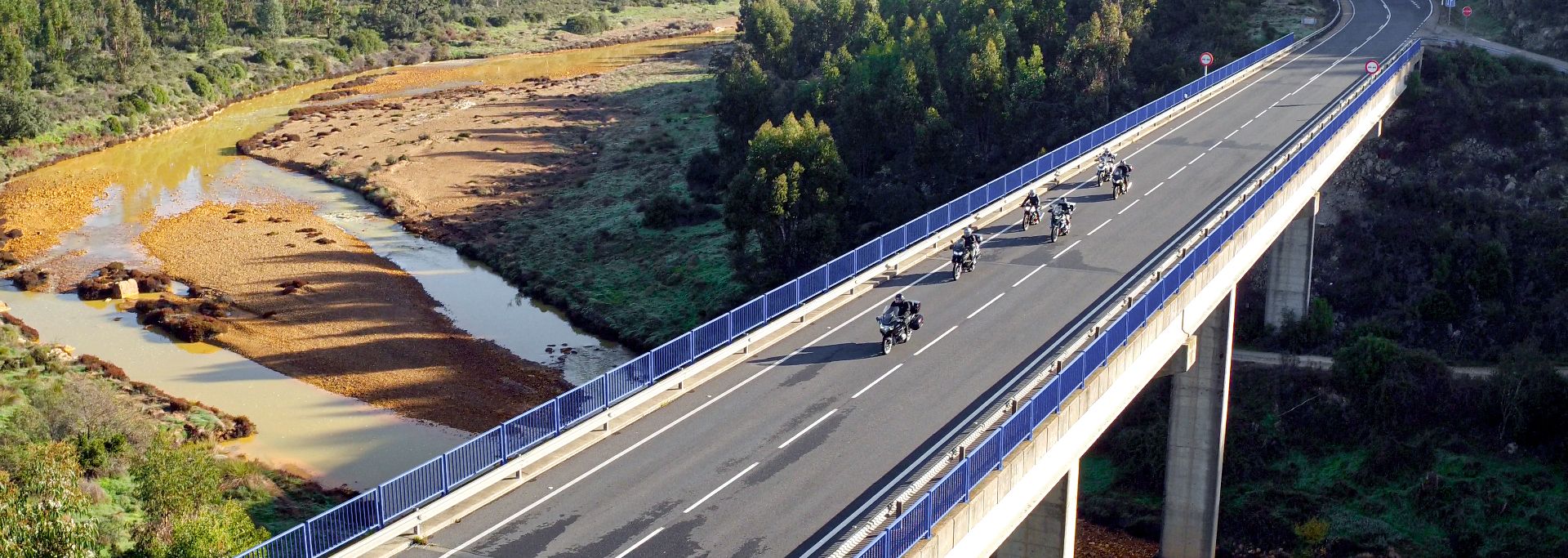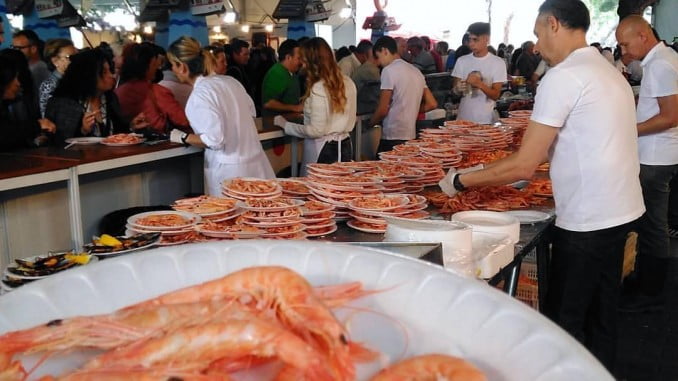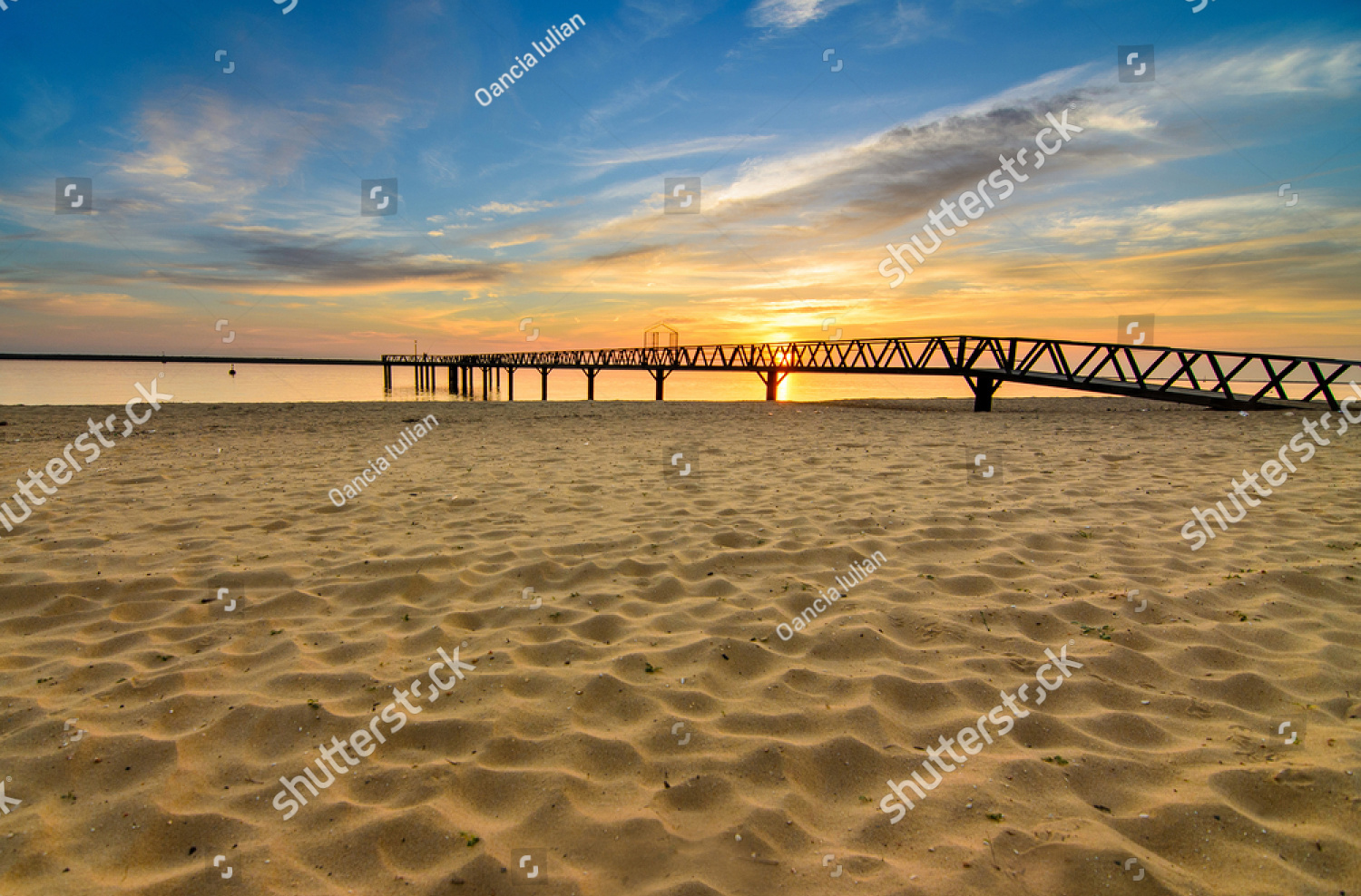Mototourism
Feel the concrete, feel the speed, Feel Huelva
Feel the wind hit your face, espectaculair landscapes and the feeling of traveling the world in just one province. Enjoy miles and miles on two wheels through Huelva if you’re into curves, the peace and quiet of the straight infinte road, or the thrill of mixed routes that take you from plains to heights.
Huelva a paradise for bikers. Mix your passion for two wheels with the route you prefer. Almost three thousand hours of light per year offer you the possibility of riding whenever you want. From the coast to the mountains, from the Sierra to the mining basins, from the coast to the west.
Miles in which you can test your two wheels and learn more about a province that offers you everything: Sea, Mountains, Andévalo ... and even Mars!Riding through Martian like landscapes for sure will offer you a unique sensation, when seeing the mines lying underneath an open sky. Just as the smell of salt will, when you choose your beach route; when you spot the marshes full of life while you leave them behind once you reach Rocío, or the green nature and the mills of Andévalo, or the singular geography of the Sierra… Shades, sensations, smells and unforgettable experiences on your motorcycle.
Feel the concrete, feel the speed, Feel Huelva.
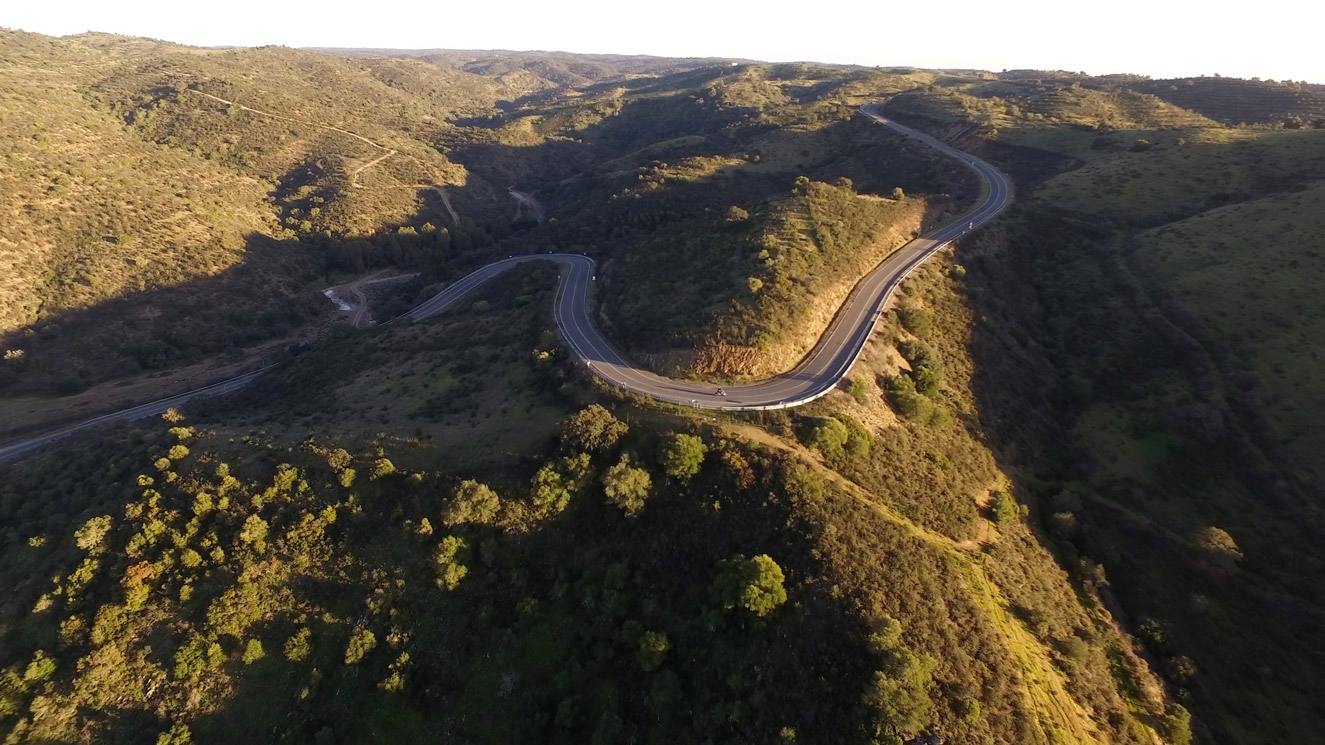
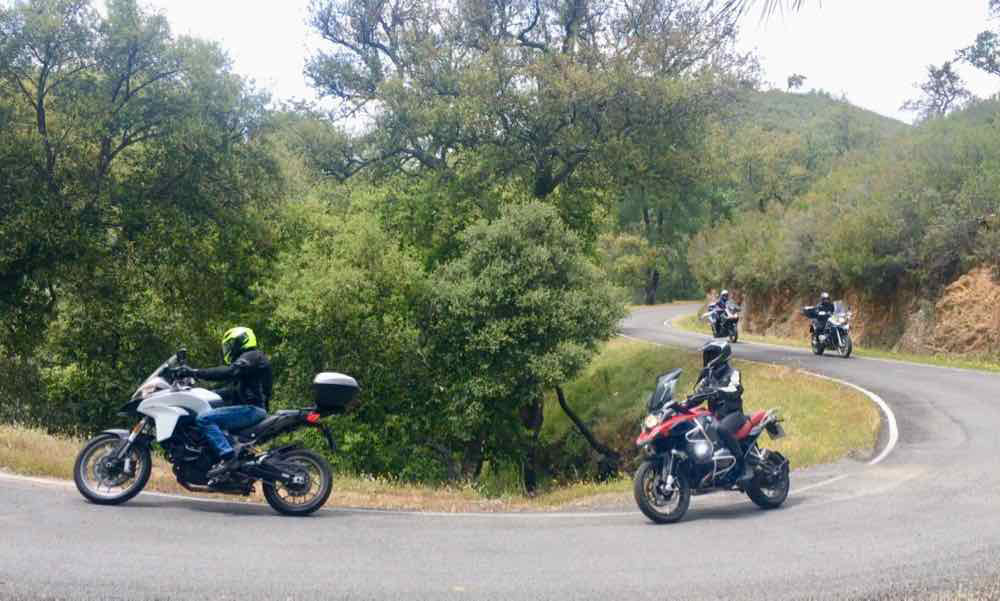
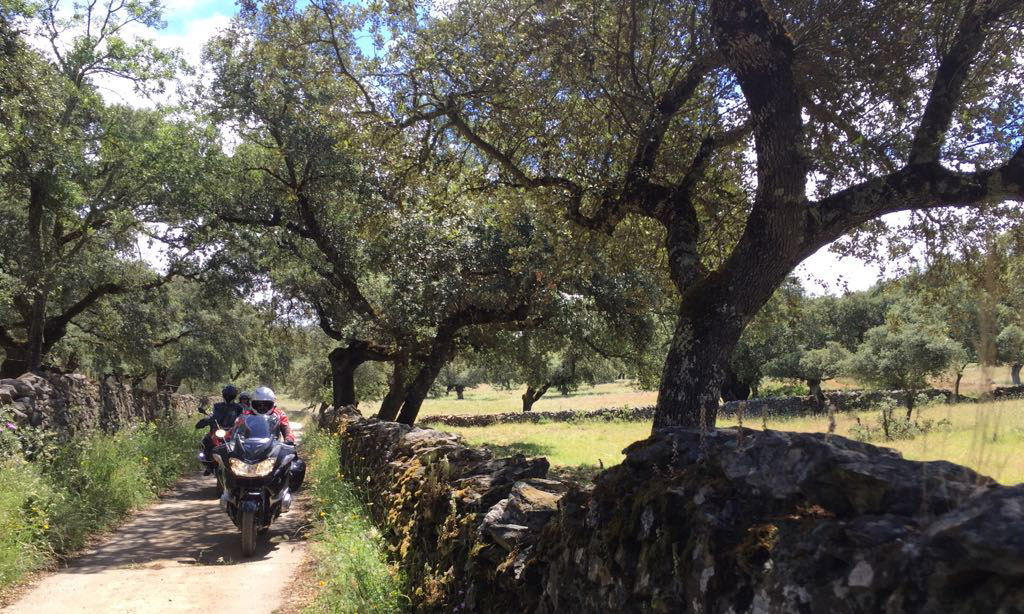
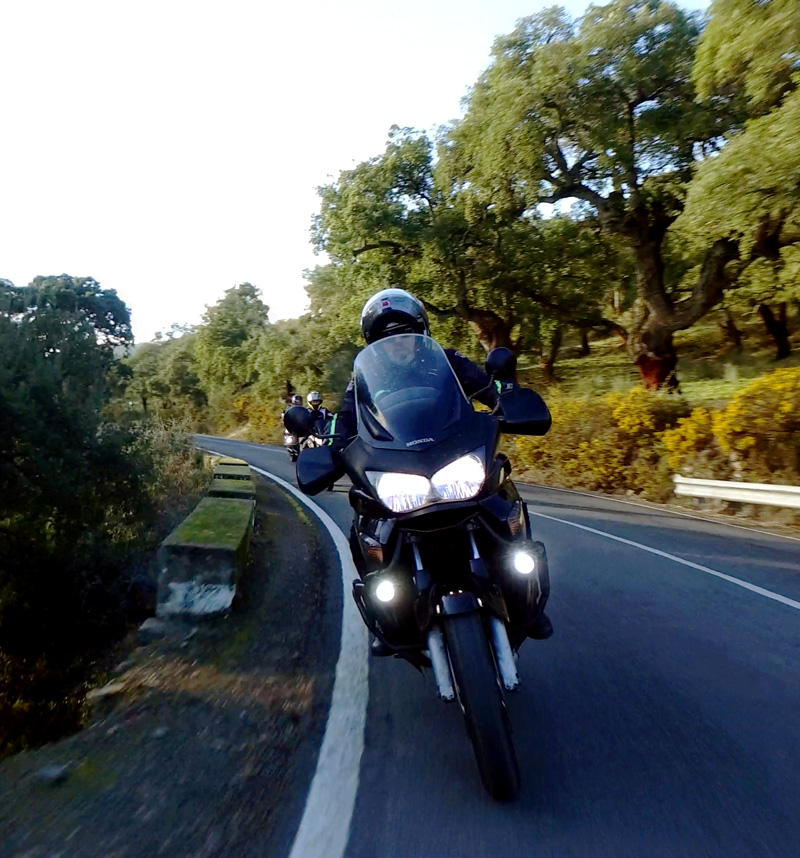
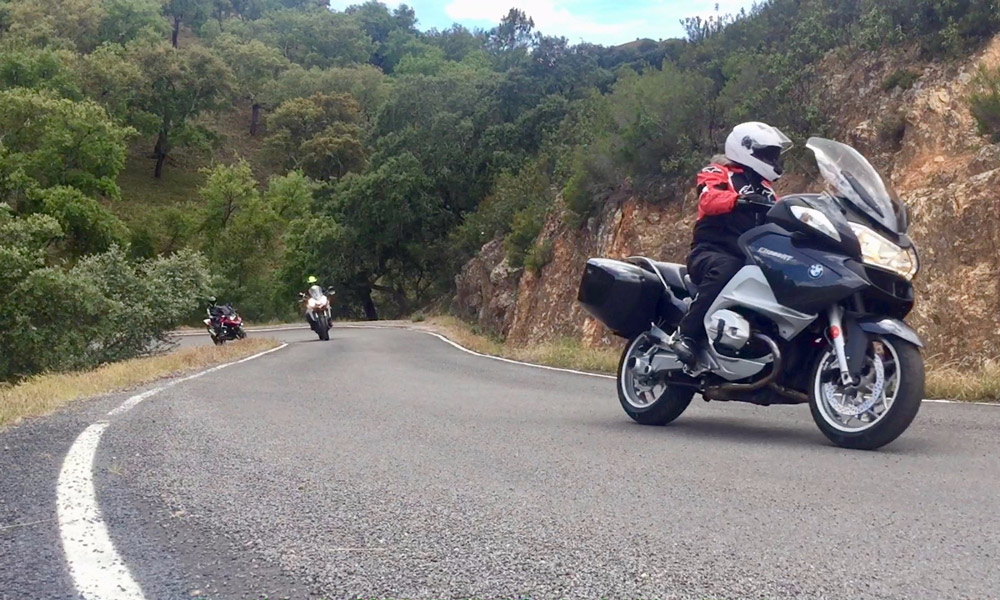





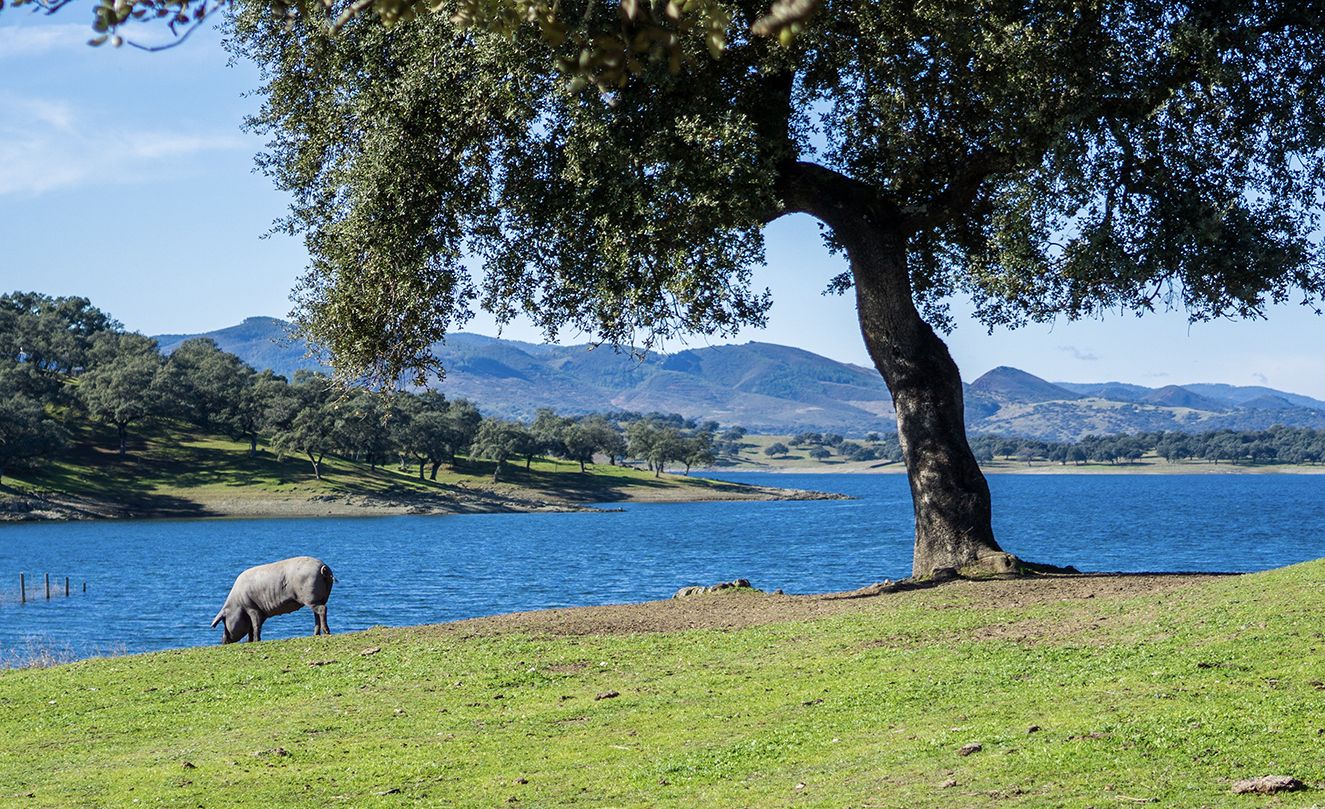
Route 1: Huelva - Aracena268 km. Level 1-3
Leaving Huelva towards San Juan del Puerto, bordering part of the northern crown of the Doñana Natural Area, towards La Palma del Condado; then heading northbound for the Sierra de Aracena and Picos de Aroche. During this vibrant trip with sinuous curves and beautiful scenery, you pass through the main mining enclaves in the province, ending in the towns that produce the best cured ham in the world.

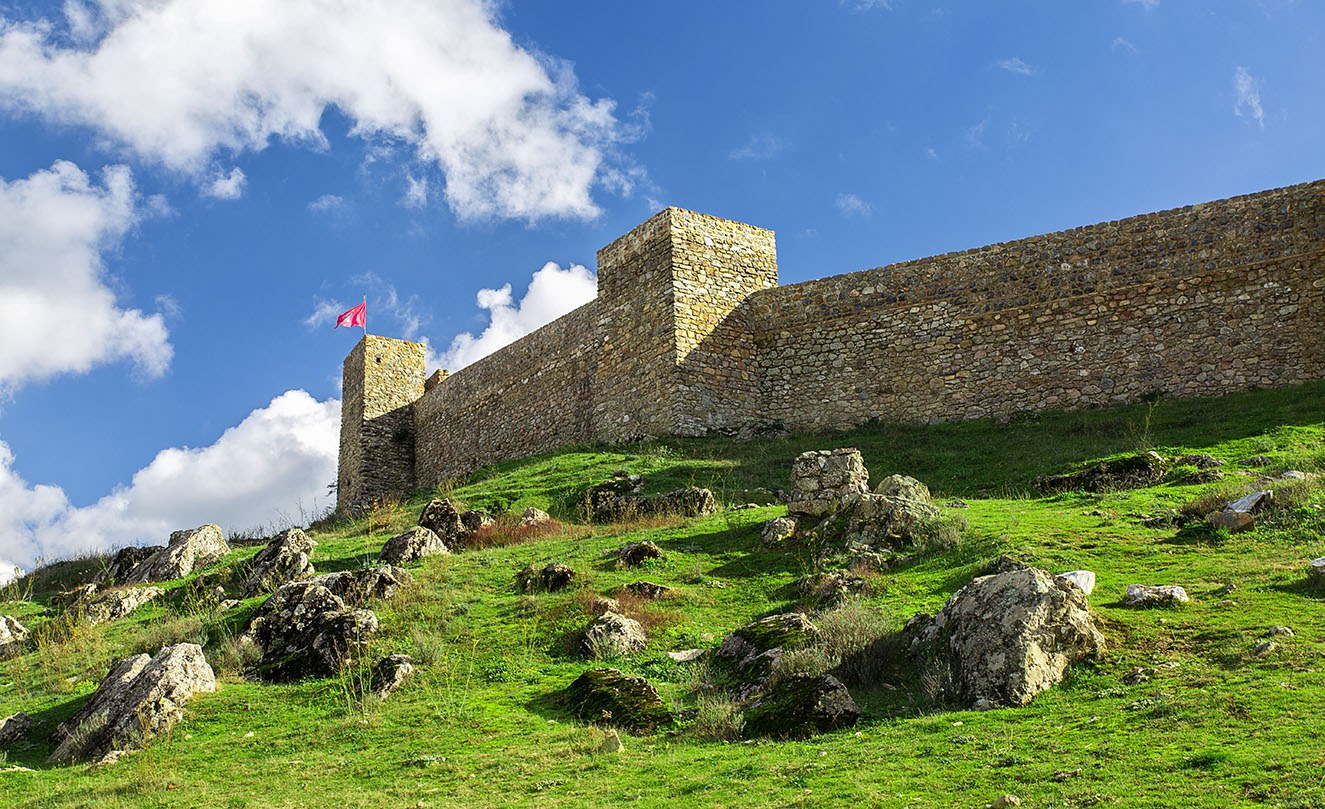
Route 2: Aracena - Minas de Riotinto201 km. Level 3-4
With its wonderful views of the Castillo de Aracena as a starting point, the route runs along the trepidatious roads that lead to the towns in the northeast of the province, before heading to the Mining Basin; descending from the green forests of the Sierra to the area of reddish and ochre tones that the minerals have given to the landscape. In Minas de Riotinto, it is worth visiting the impressive mine and the English quarter.

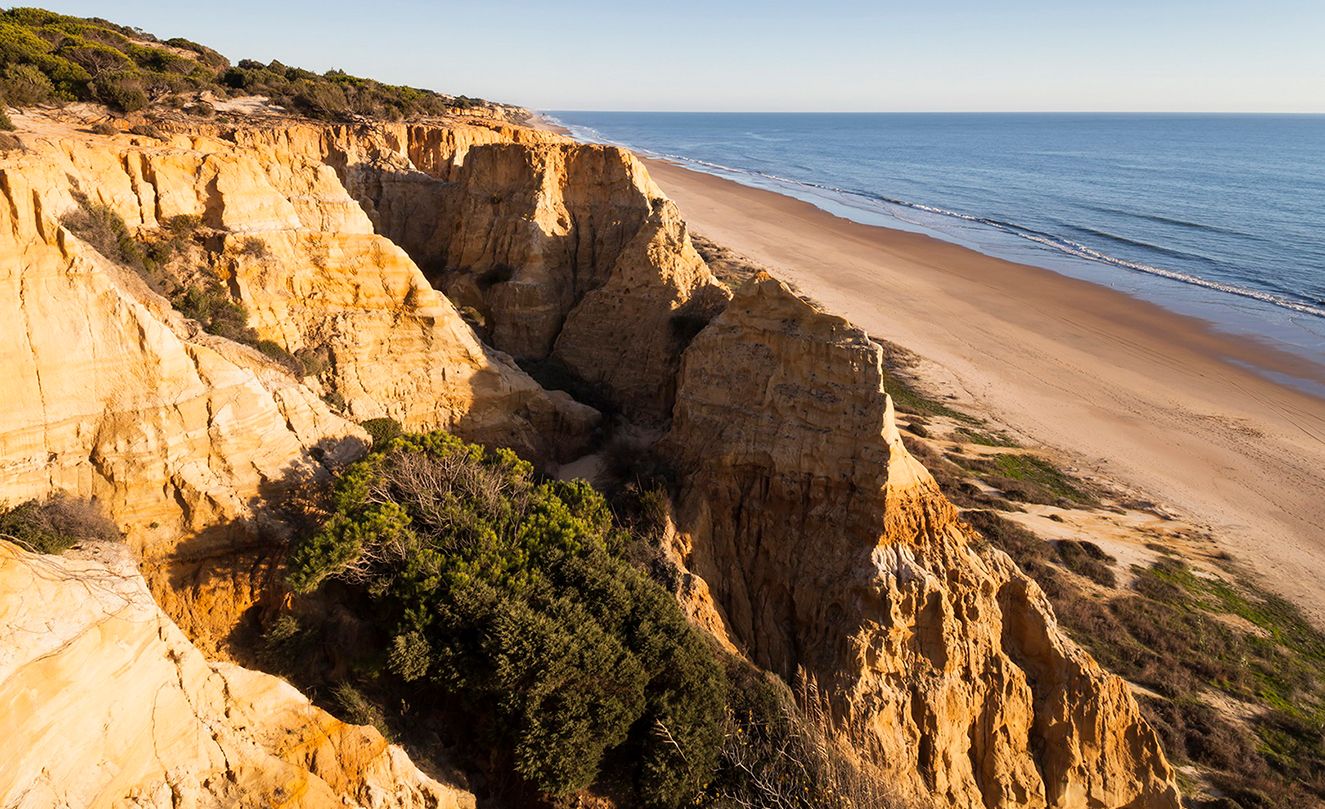
Route 3: Minas de Riotinto – Mazagón192 km. Level 3-1
Departing from the Mining Basin, the journey begins by climbing the Sierra de Aracena and Picos de Aroche moving towards the coast, in an exciting journey through roads overhanging with tress through Alájar and Linares de la Sierra towards Almonaster la Real. You continue through the region of El Andévalo, pass through the important historical remains at Niebla and end at Mazagón, on the shores of the Atlantic, surrounded by the immensity of the forests that border Doñana.

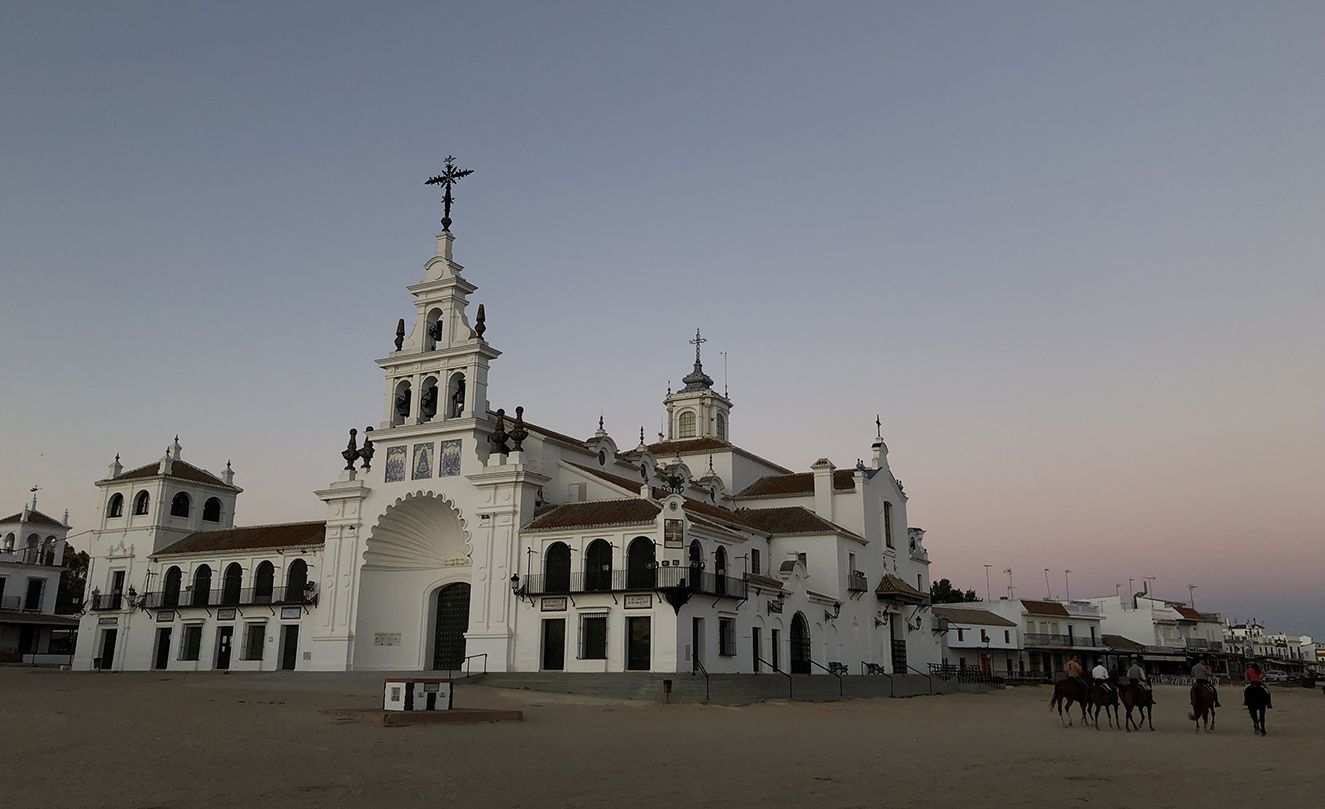
Route 4: Mazagón - El Rocío223 km. Level 2
The route starts from the coast and heads along roads surrounded by the immense strawberry and red fruit plantations at Palos de la Frontera and Moguer; before entering the heart of the province in the direction of Andévalo, passing through towns such as Calañas, Zalamea la Real and Valverde del Camino. The route continues back through the traditional winemaking towns of El Condado and ends in the emblematic village of El Rocío, in the Doñana Natural Area.

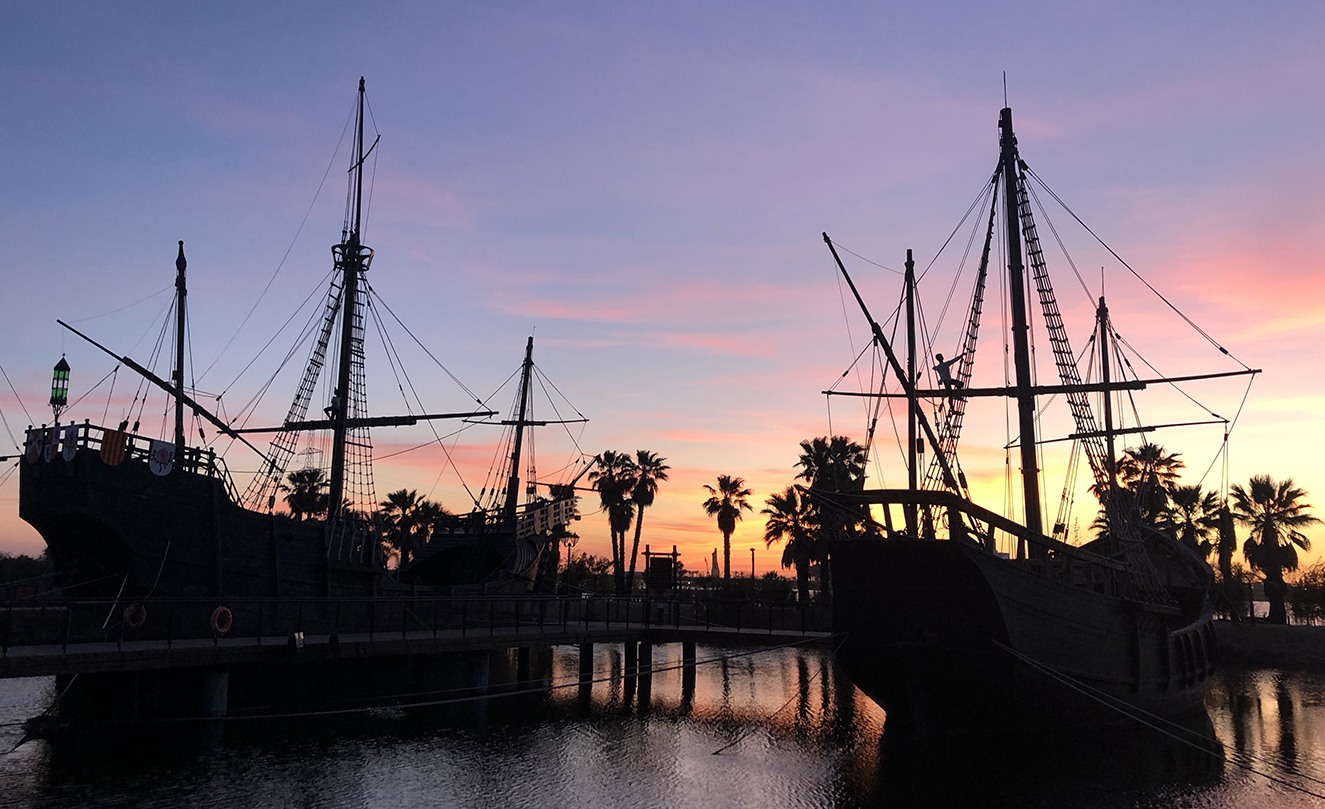
Route 5: El Rocío - Ayamonte151 km. Level 1
This route runs from the village of El Rocío to Ayamonte, on the border with Portugal, bordering the coastline that bathes the Huelva coast. The road takes us to the “Lugares Colombinos” (Columbian Places), such as Palos de la Frontera, La Rábida and the Muelle de las Carabelas, before continuing along comfortable roads where you can feel the soft and warm Atlantic breeze in a placid journey offering a true sensory delight.

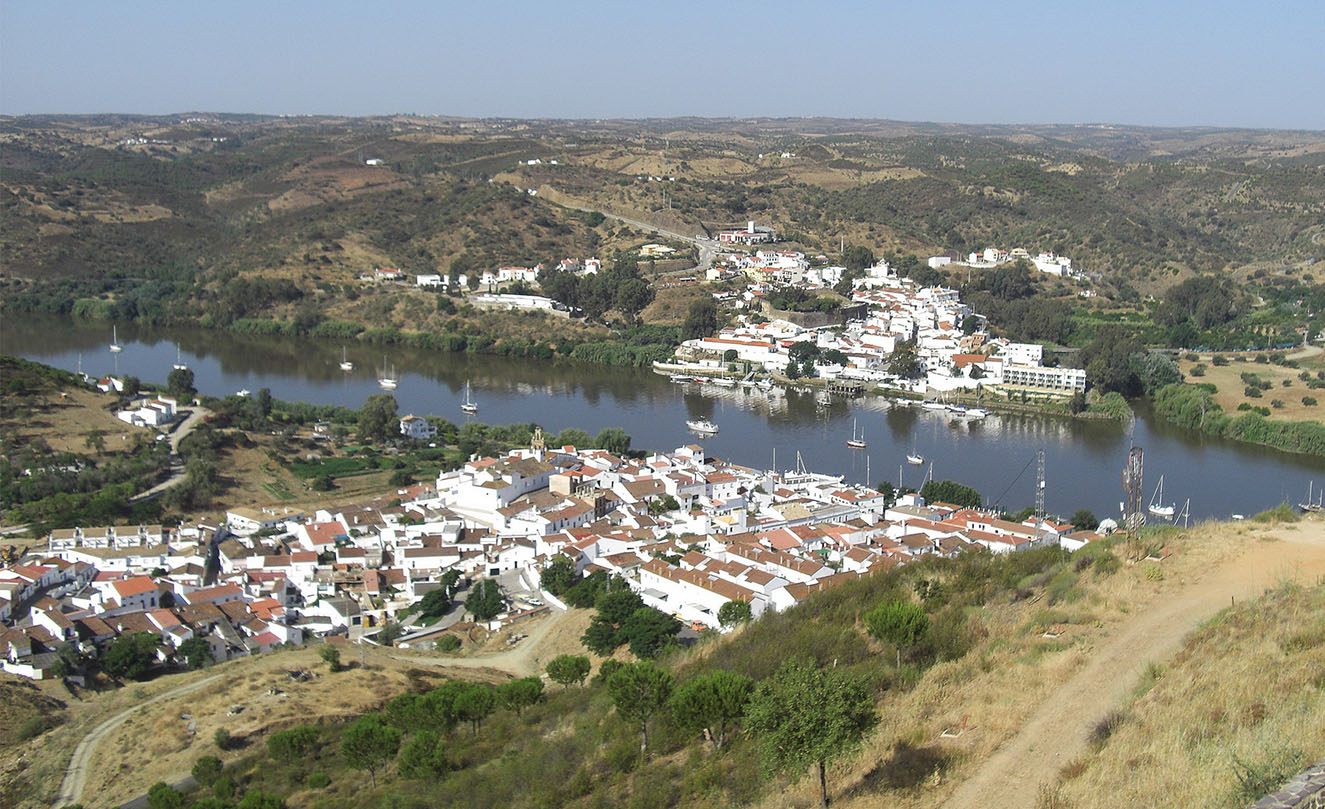
Route 6: Ayamonte - Encinasola182 km. Level 2
The Guadiana River serves as a guide for this route uniting the north and south of the province, with the permanent view of the nearby Portuguese towns on the other side of the shore. Winding roads take you to places of enormous beauty, such as Sanlúcar de Guadiana, with its castle remaining from the ancient border struggles, serving as a preamble to the entrance to the Sierre Oeste, until you reach the northernmost point of the Huelva province.

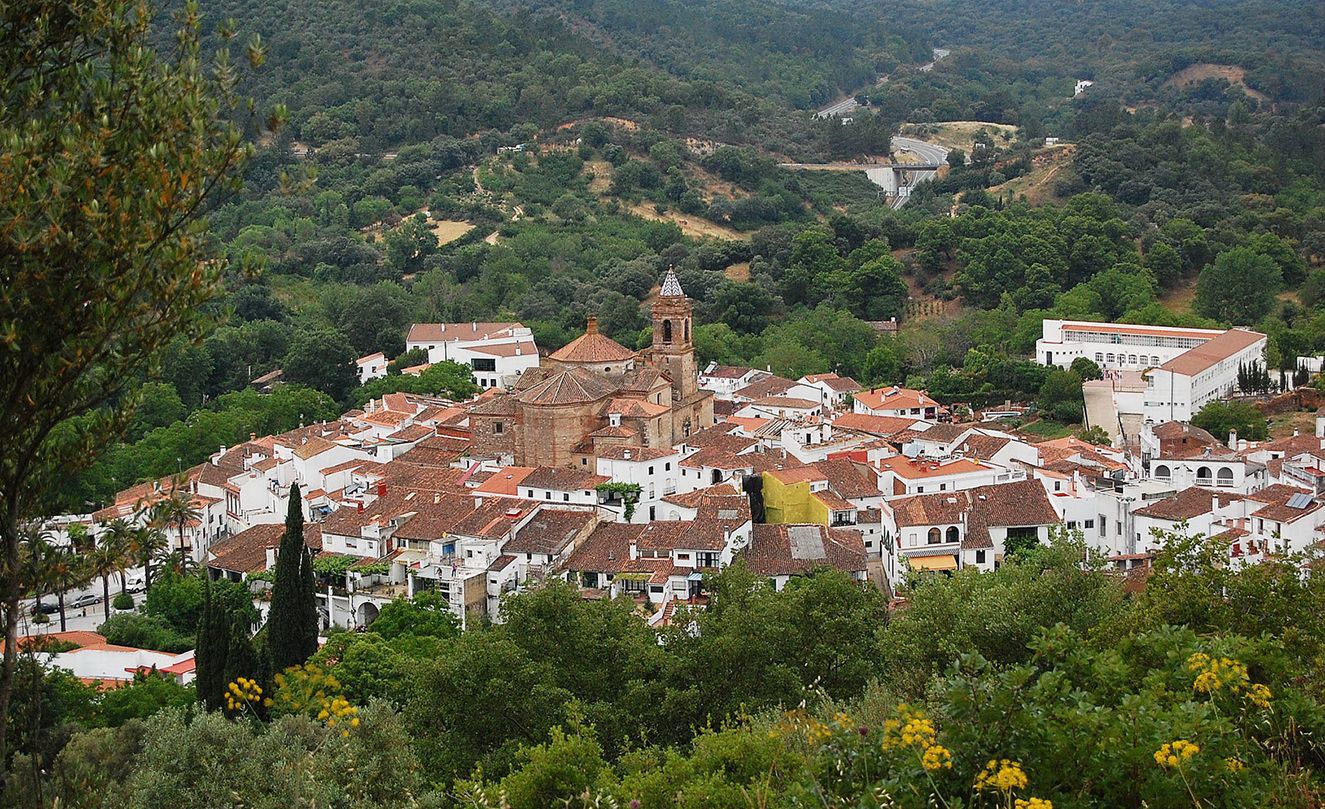
Route 7: Encinasola - Galaroza236 km. Nivel 3
This exciting route will delight those who like driving along winding roads. Surrounded by holm oak pastures and cork oak fields, the journey begins a trip through the most famous land of cured ham in the world. Cumbres Mayores, Aracena, Cortegana, Jabugo, El Repilado and Almonaster bring you curving roads, spectacular landscapes and an impressive monumental and historical legacy.

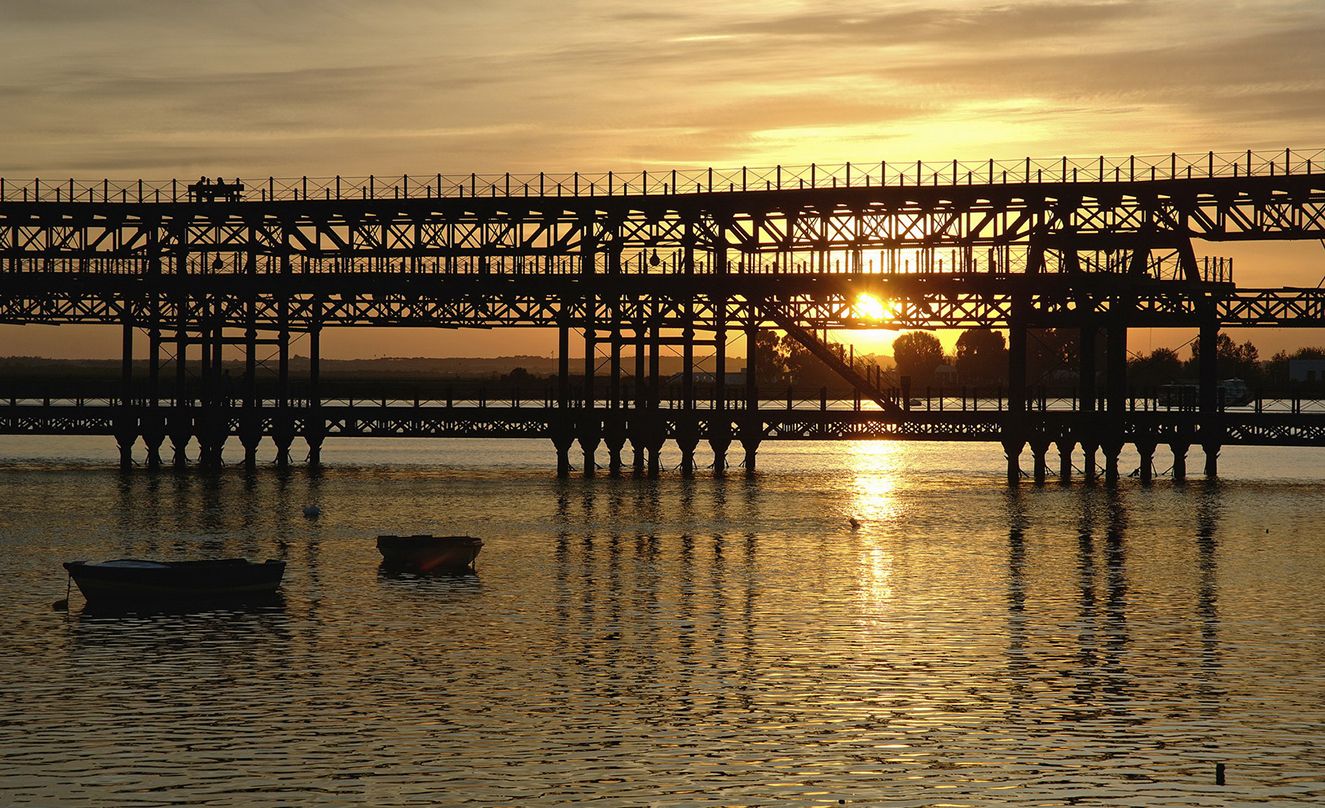
Route 8: Galaroza – Huelva224 km. Level 3 - 1
This itinerary crosses the province from north to south and offers a constant change of landscape and color until you enter the lands of Andévalo, full of mining enclaves, along comfortable roads that will delight anyone venturing through this route. The route continues its descent until you reach Huelva capital.

Accommodations in mototurismo
Select a location to find your ideal accommodation
Lugares de interés
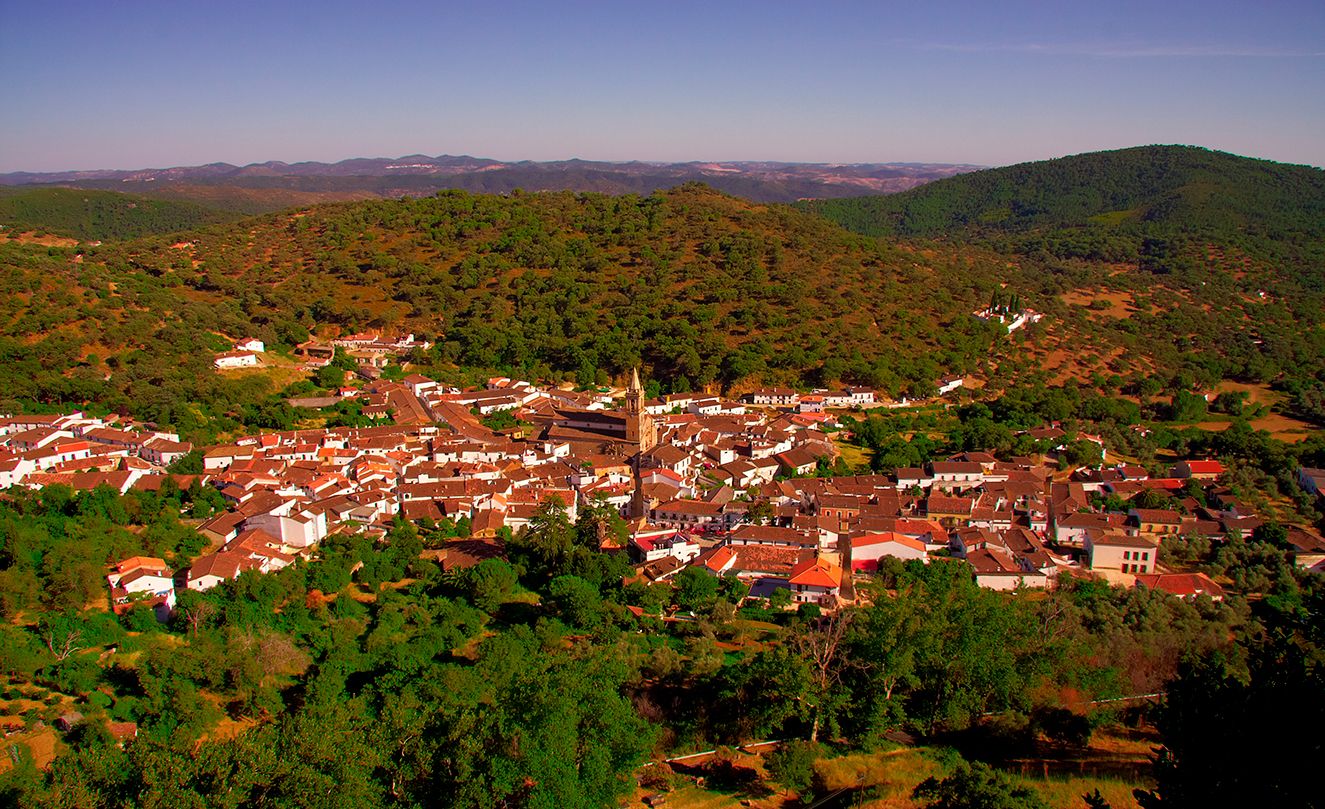
Sierra de Aracena y Picos de Arochewww.sierradearacena.com
Located in the north of Huelva province, it is known for its large forest extension and a natural and cultural heritage of great interest. The Iberian pig is bred in its extensive pastureland. The pastureland is populated by holm oaks which are replaced by cork oaks in some areas, and Pyrenean oak or chestnut forest in others. While in waterways such as the Múrtigas River, there are abundant black poplars, ash trees, willows and alders, which coexist with an interestingly rich fauna.
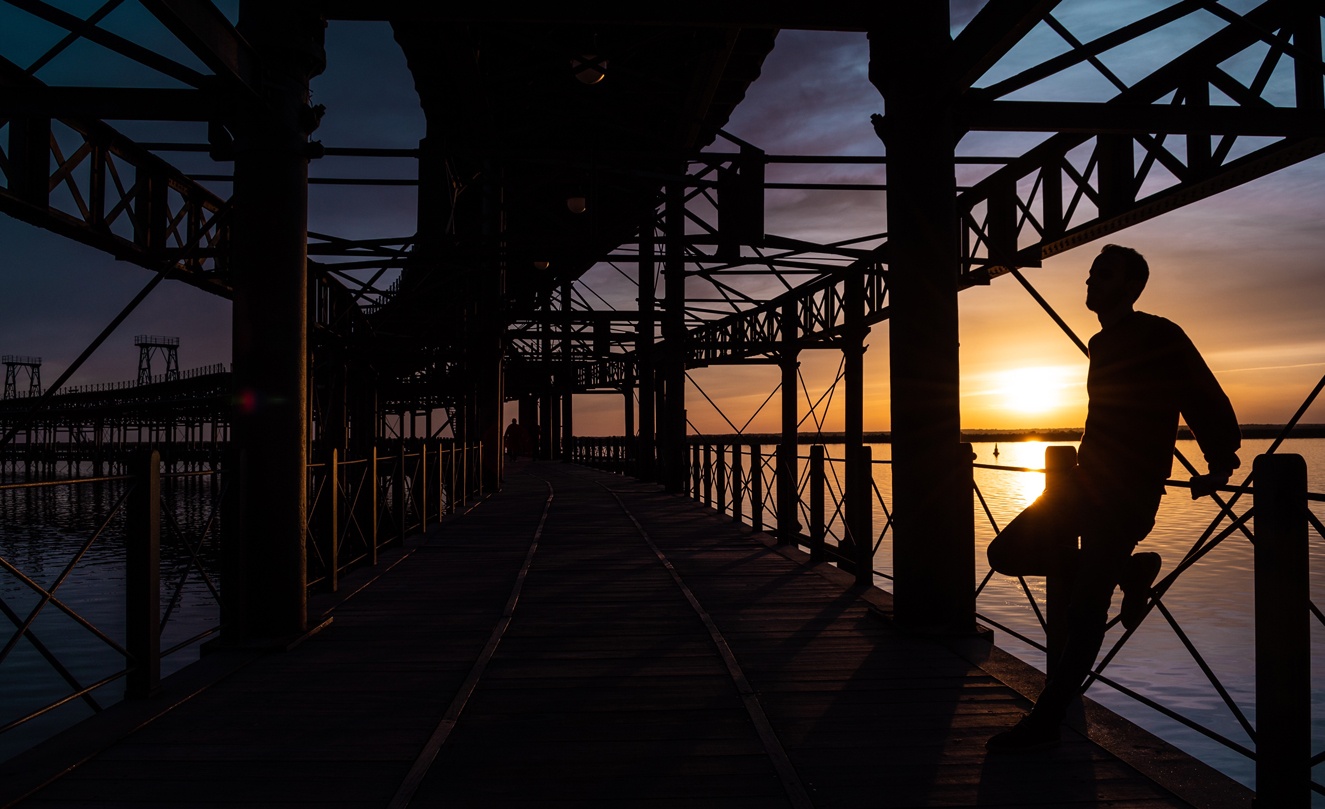
Muelle del Tintowww.huelva.es
This is a commercial wharf built by the Rio Tinto company to load material from local mines owned by the Rio Tinto Company Limited. Located on the River Odiel, in the city of Huelva, Spain, it is popularly known as the “Muelle de Riotinto” or “Muelle del Tinto”, taking part of the name of the company that built it. Today, it has fallen into disuse, but it can be used for thinking or fishing. It was declared a “Bien de Interés Cultural” (placed of cultural interest) in 2003.
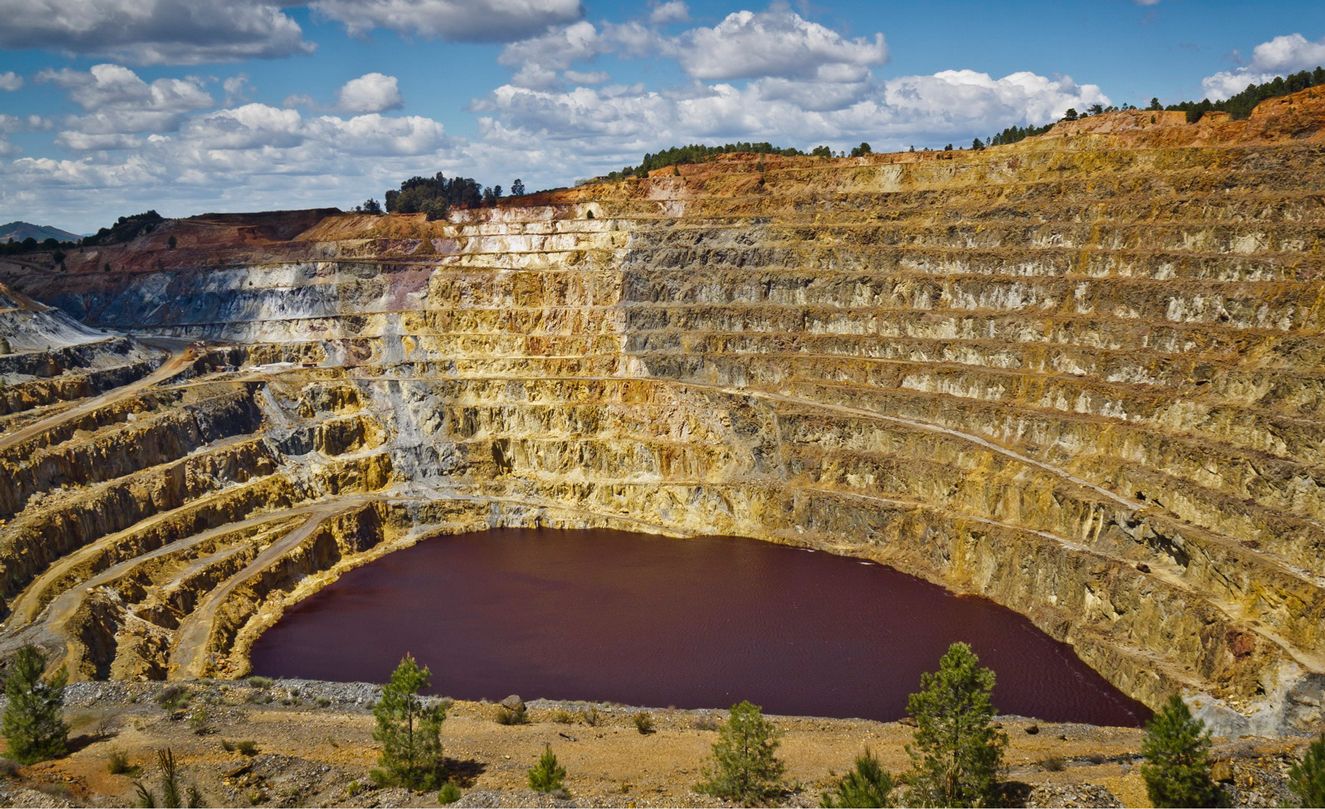
The British legacy in Huelvawww.huelva.es
The British presence during 19th and 20th centuries, attracted by mining in the province, has left and interesting legacy in the capital of Huelva. The Casa Colón Conference Centre (former Hotel Colón), the Queen Victoria Quarter, the Rioting Company Wharf, the Tharsis Pier and Seville Station are the greatest exponents of this legacy, as well as its football club, Real Club Recreativo de Huelva, the oldest club in Spanish football, whose museum can be visited at the Nuevo Colombino stadium.
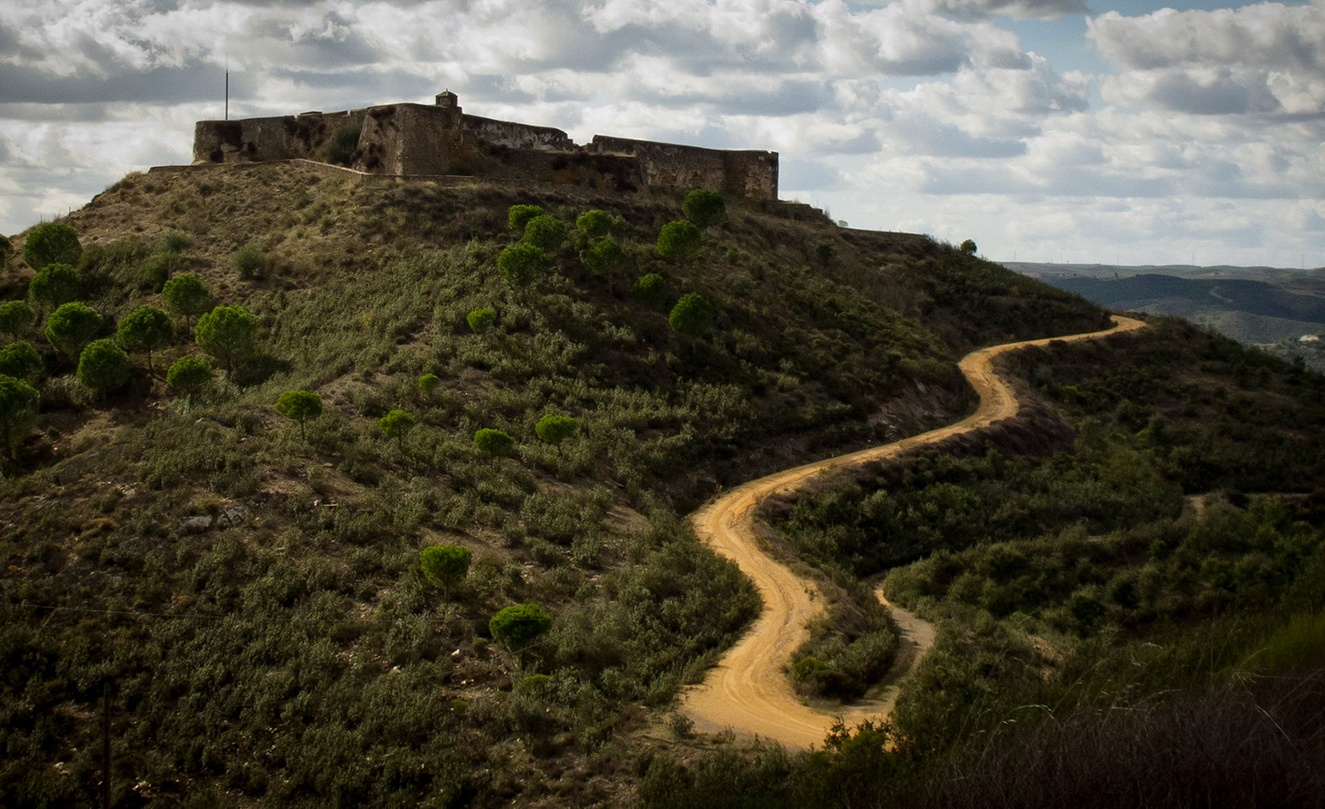
San Marcos Castle, Sanlúcar de Guadianawww.castillodesanmarcos.info
Built at the end of the Middle Ages to defend the territory destined for centuries to be the ‘River Frontier’ of the Lower Guadiana, it was a witness to centuries of border struggles with Portugal. In addition, after the guided visit to the Castle, you can enjoy the adventure of crossing the river and the border to Alcoutim, on the Portuguese shore, by launching yourself across its zip line.
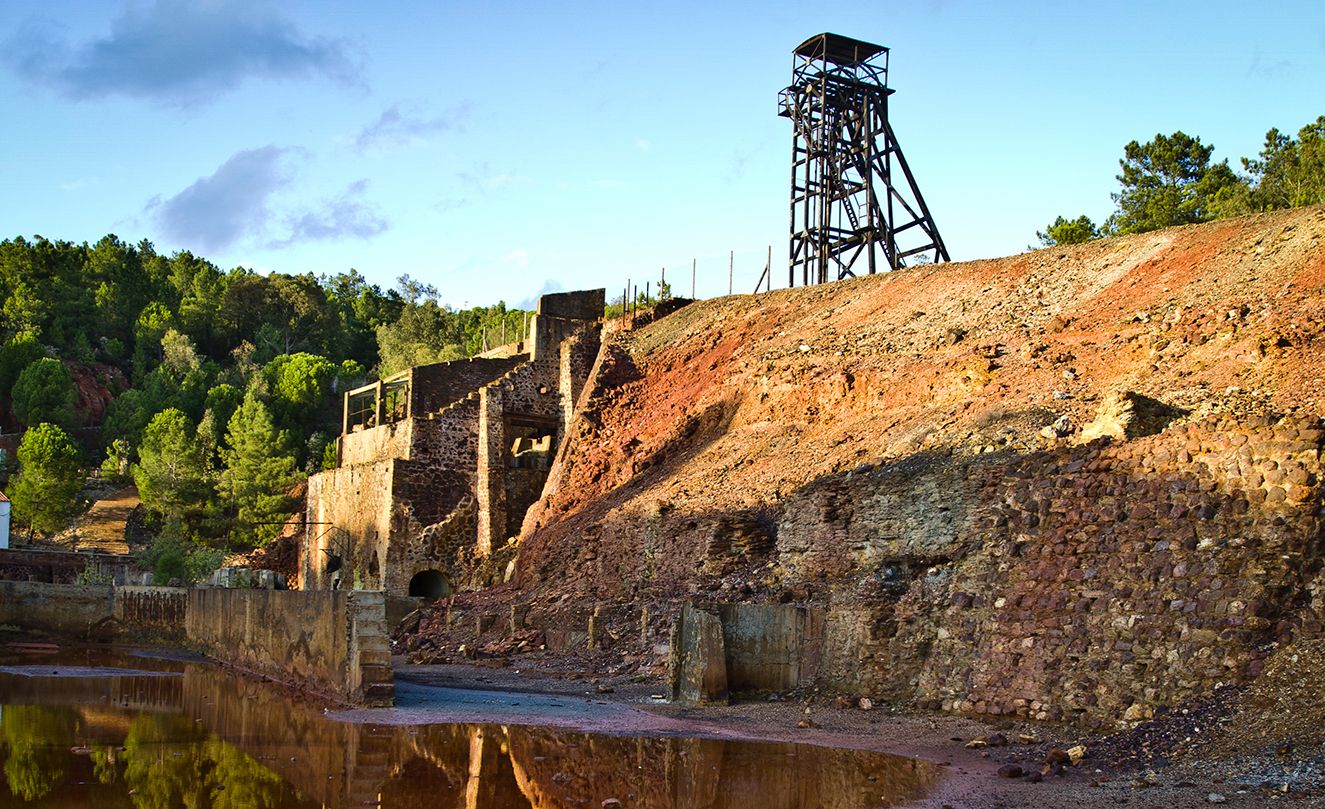
Riotinto Mining Museumwww.parquemineroderiotinto.es
Enjoy the breath-taking views of the Corta Atalaya and discover what was once the largest open pit mine in Europe. Dedicated mainly to the extraction of copper, it was the most ambitious project of the Rio Tinto Company. At the ‘Ernest Lluch’ Minas de Rio Tinto Mining Museum, you can gain an in-depth knowledge of over 5,000 years of mining history in the region, and then travel on board restored locomotives and wagons along the old tracks for an impressive experience.
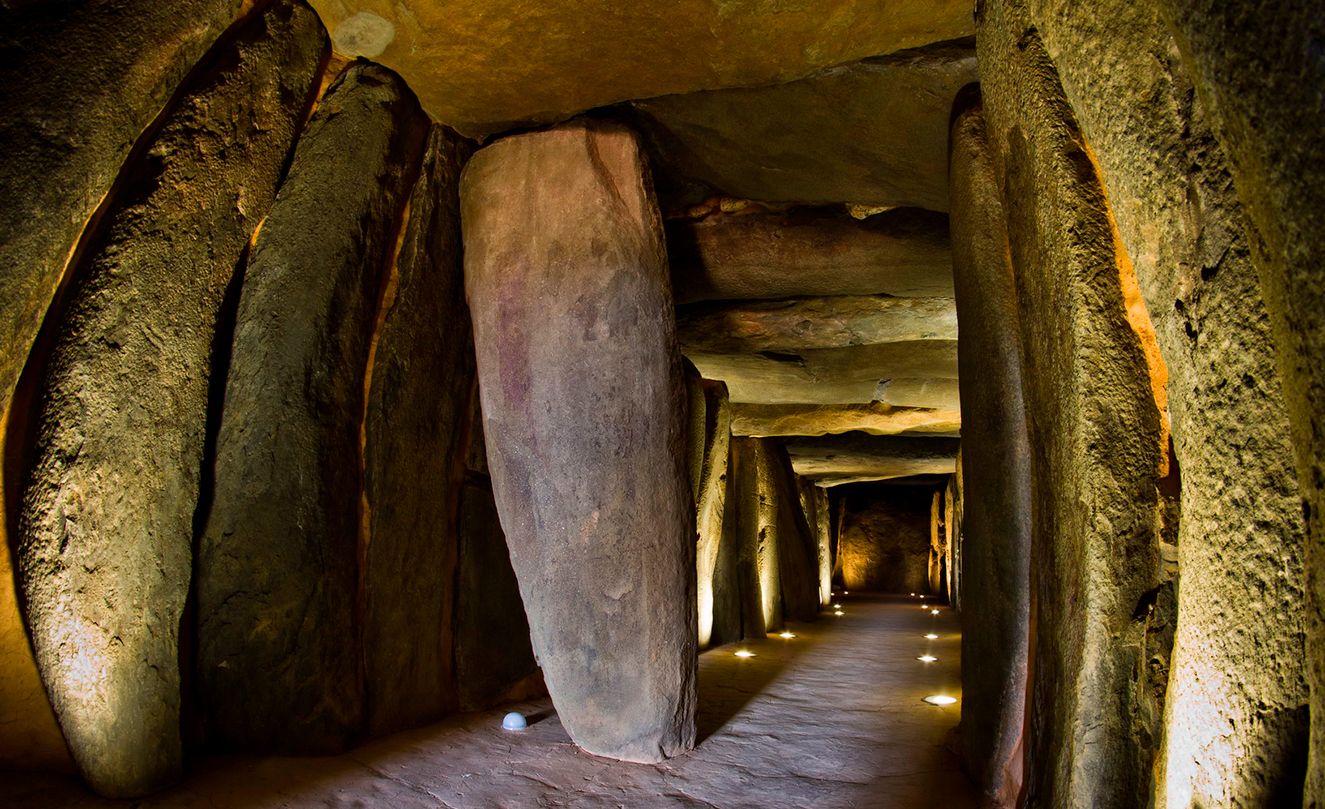
Dolmen del Sotowww.dolmendesoto.org
Located in the town of Trigueros, it is one of the most important megalithic monuments of recent prehistory in Europe. Dated between 3,000 and 2,500 BC, its pigments and engravings from a graphic programme that constitutes a narrative of complex readings and interpretations, becoming one of the most striking examples of the Neolithic period in southern Spain.
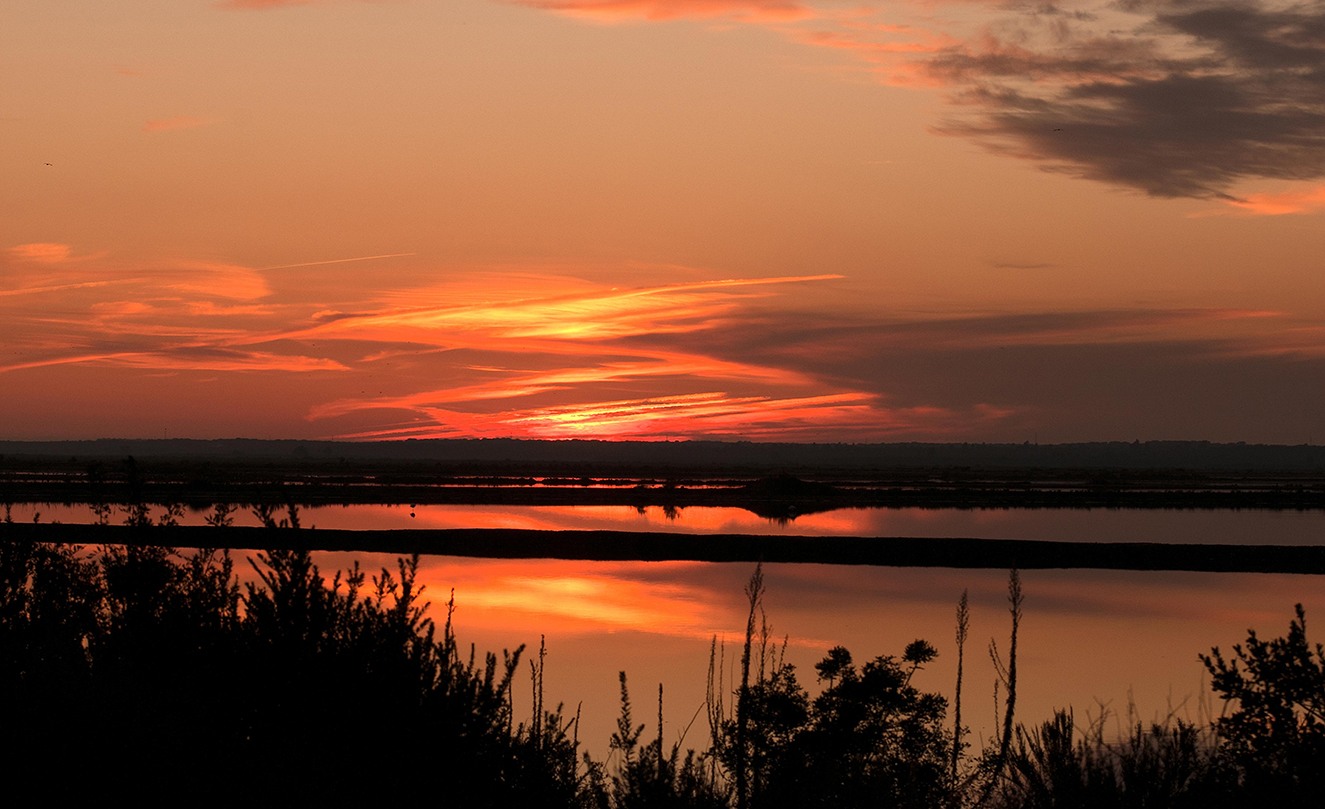
Natural Wetlands of Odielwww.turismohuelva.org
Located at the confluence of the mouths of the Tinto and Odiel rivers, 2 km from the capital, this marsh complex serves as a nesting place for thousands of bird species and is of the main birdwatching sites in Europe. Declared a Biosphere Reserve by UNESCO, one of its main enclaves is the Island of Enmedio, which is home to one of Europe’s largest breeding colonies of the spoonbill, an endangered species.
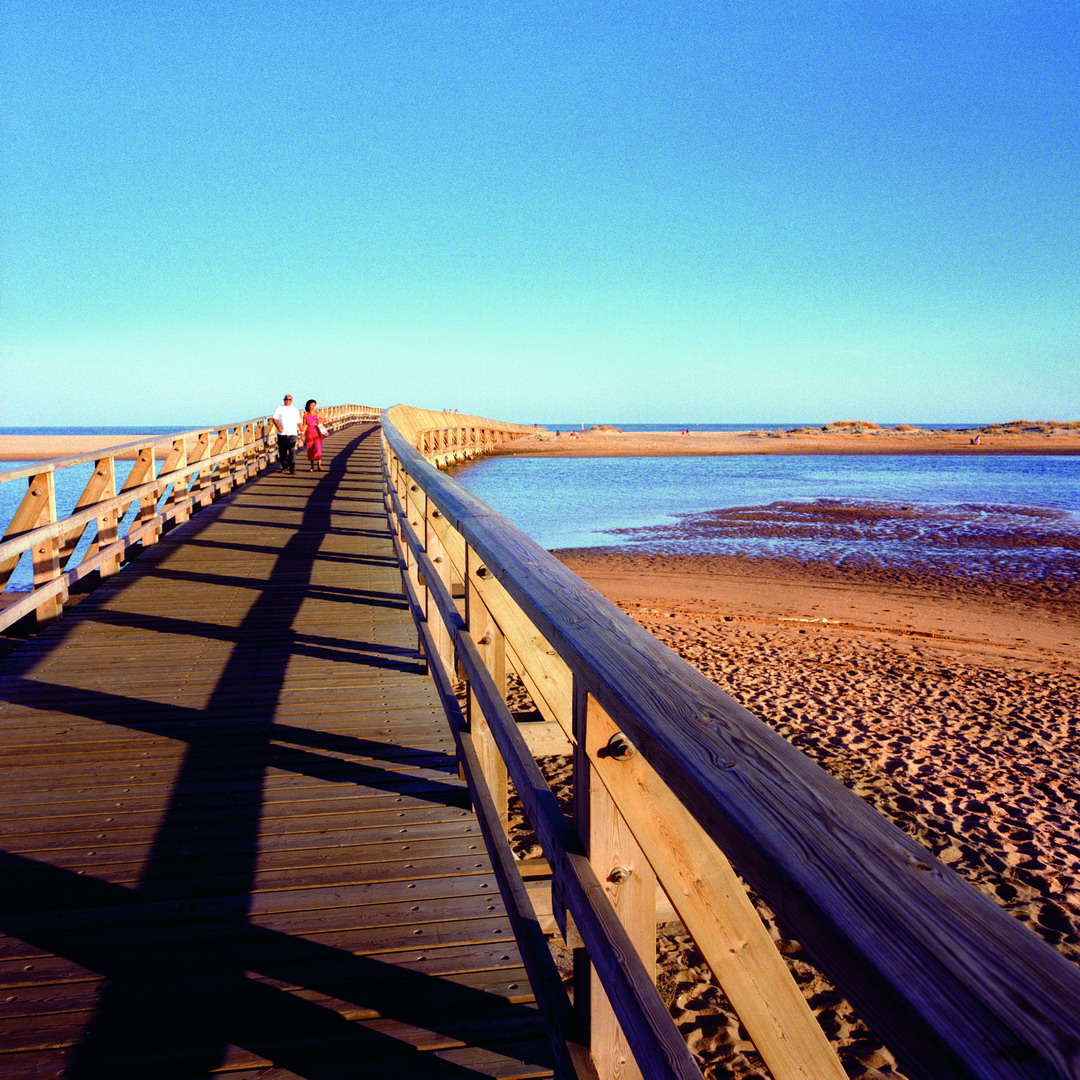
Huelva beacheswww.turismohuelva.org
The Huelva coastline has over 120 km of endless, fine, soft, golden, almost white sandy beaches, caressed by the salt and air from the Atlantic. It’s tradition and history permeate the character of its people, sailors and fishermen. From the mouth of the Guadiana to the Guadalquivir, in the heart of Doñana, the Huelva Coast has extensive beaches lined by green pine forests.
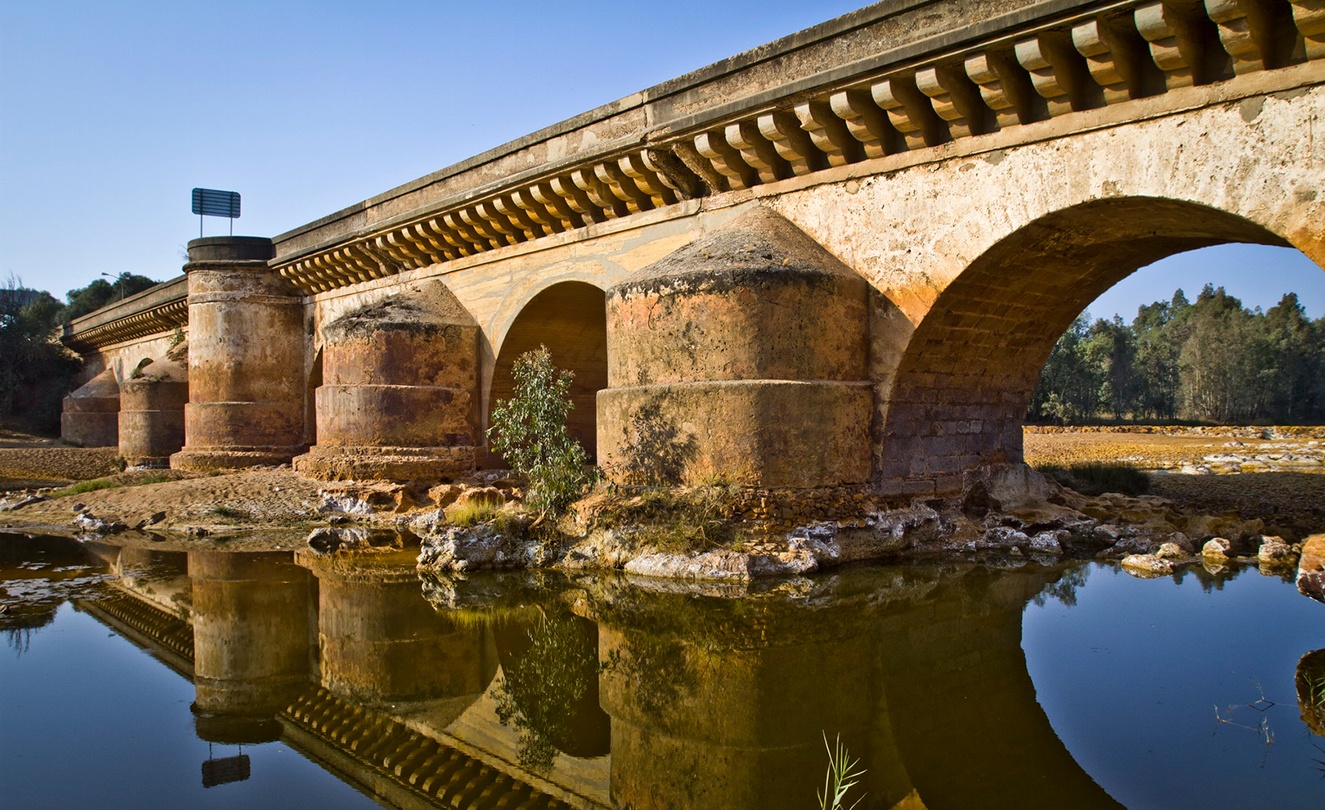
Niebla: A historical, artistic monumentwww.niebla.es
The bridge over the Tinto river and numerous vestiges still remain from the old Roman Ilipula. The walls of Niebla owe their current style to the Almohad dynasty, although there are remains of other periods: the Tartessos, Romans and Muslims. Also worth noting is the Castle of the Guzmans, built on the old Arab citadel after the Reconquest. Inside the walled enclosure, the Chapel of San Martín and the Church of Santa María de la Granada, an old Muslim mosque from the 10th/11th centuries, are particularly striking.
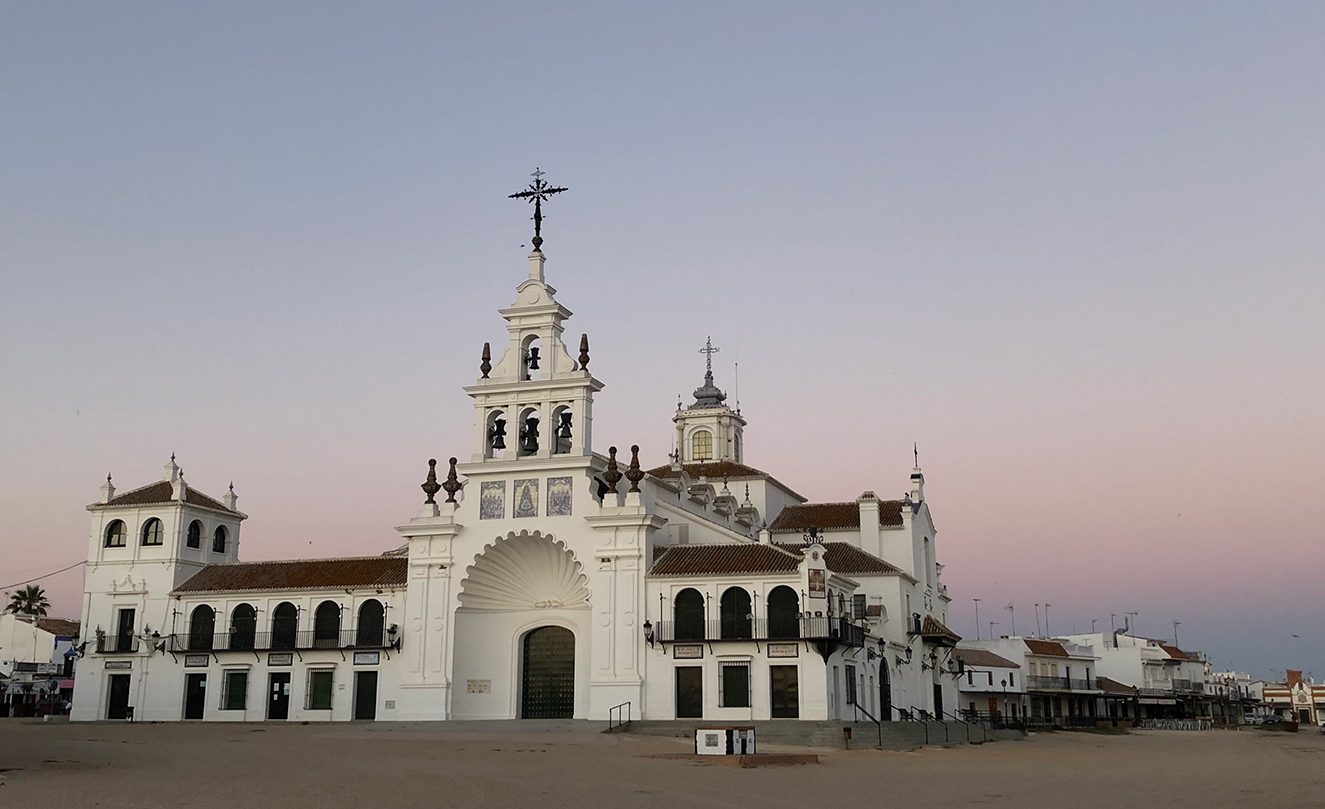
El Rocíowww.turismohuelva.org
El Rocío is a small village in the municipality of Almonte, Huelva, located 15 km from Matalascañas, and is accessed by a path borders the Doñana National Park. A village of unparalleled beauty which offers unbeatable views. It is an area of small white houses that surround the Hermitage of the Virgen del Rocío, a place of religious fervor and pilgrimage which, during the Romería del Rocío, receives more a million visitors.
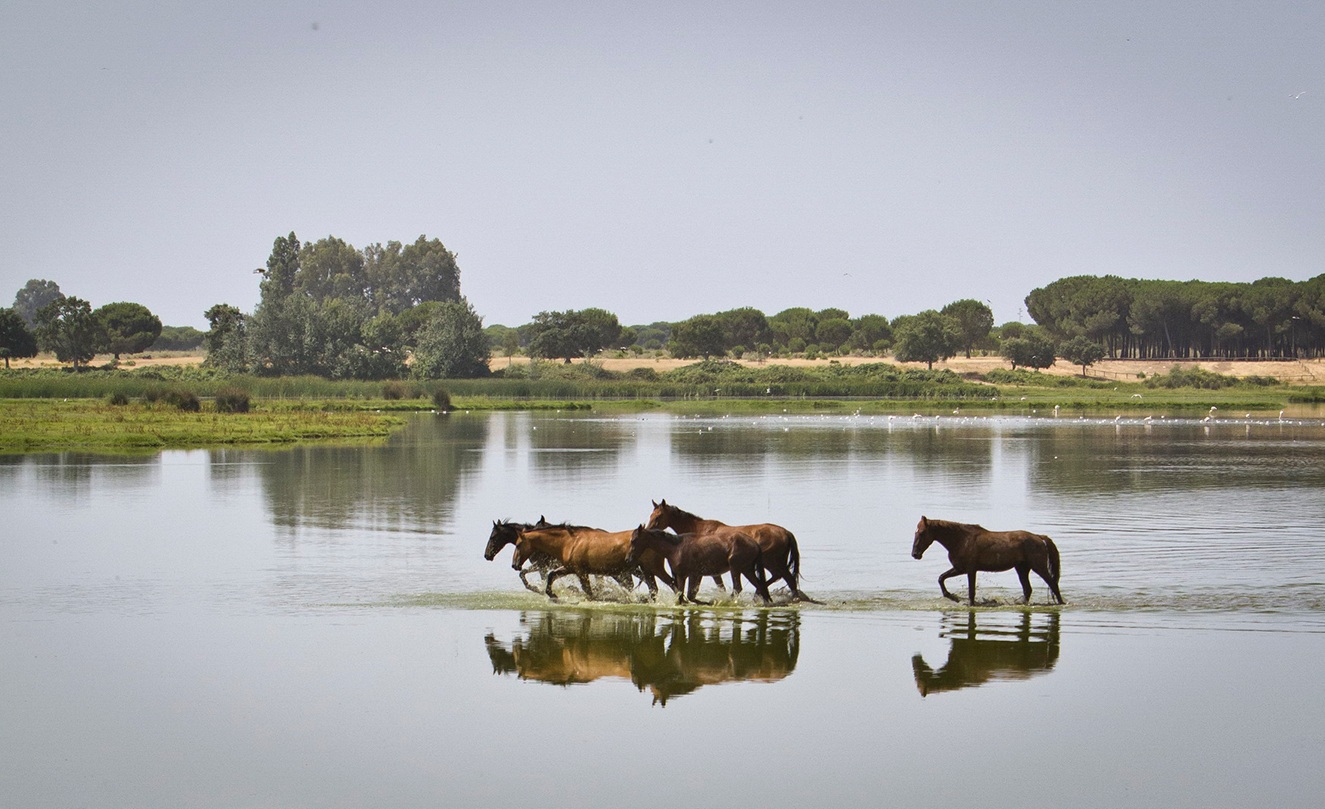
Doñana Natural Areawww.turismohuelva.org
The Doñana Natural Area is made up the Doñana National Park and the Doñana Natural Park. It is the largest ecological reserve in Europe and hosts a unique biodiversity of emblematic species such as the Iberian lynx and the imperial eagle, today in danger of extinction. Doñana plays host to marshes, lagoons and streams, reserves and pine forests, rivulets and shores, dunes, beaches and spectacular cliffs. Among its unique landscapes is the moving dune system that runs between Matalascañas and the mouth of the Guadalquivir.
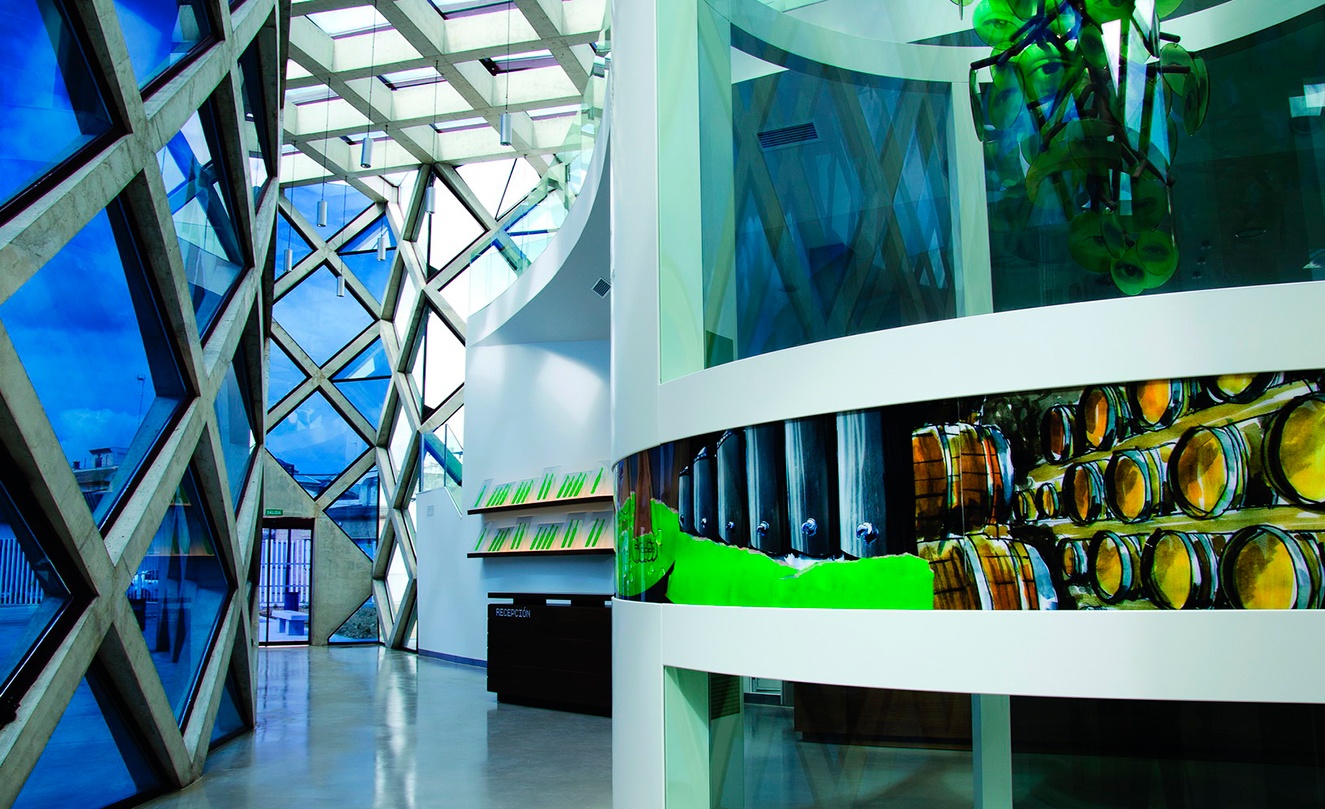
Wine centrewww.turismohuelva.org
The wine region that currently provides the Denominations of Origin “Condado de Huelva” and “Vinagre del Condado de Huelva” is spread over an extensive region located southeast of Huelva province, covering 18 municipalities. A total of 13 wineries are part of this route, where you can discover the details of the entire process for making the wines that formed part of the Discovery of America.
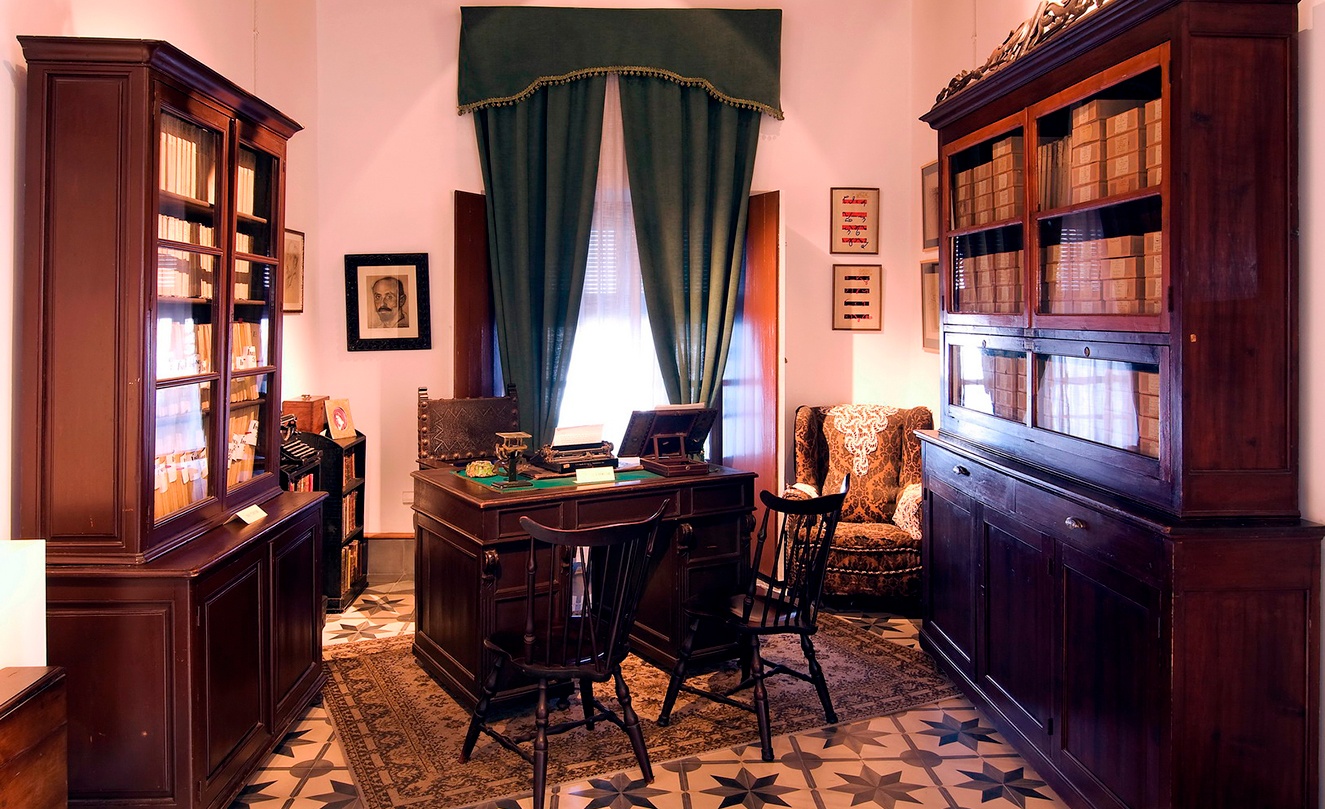
Birthplace and Museum of Juan Ramón Jiménezwww.fundacion-jrj.es
Moguer pays homage to its Nobel Laureate for Literature, Juan Ramón Jiménez, in every corner of the town. Here you can visit the Casa Natal (his birthplace) and the Zenobia and Juan Ramón House Museum; the main centres for immersing yourself in the life and world of the universal poet. The house on Calle Aceña, Fuentepiña and the literary route through Moguer are also of interest.
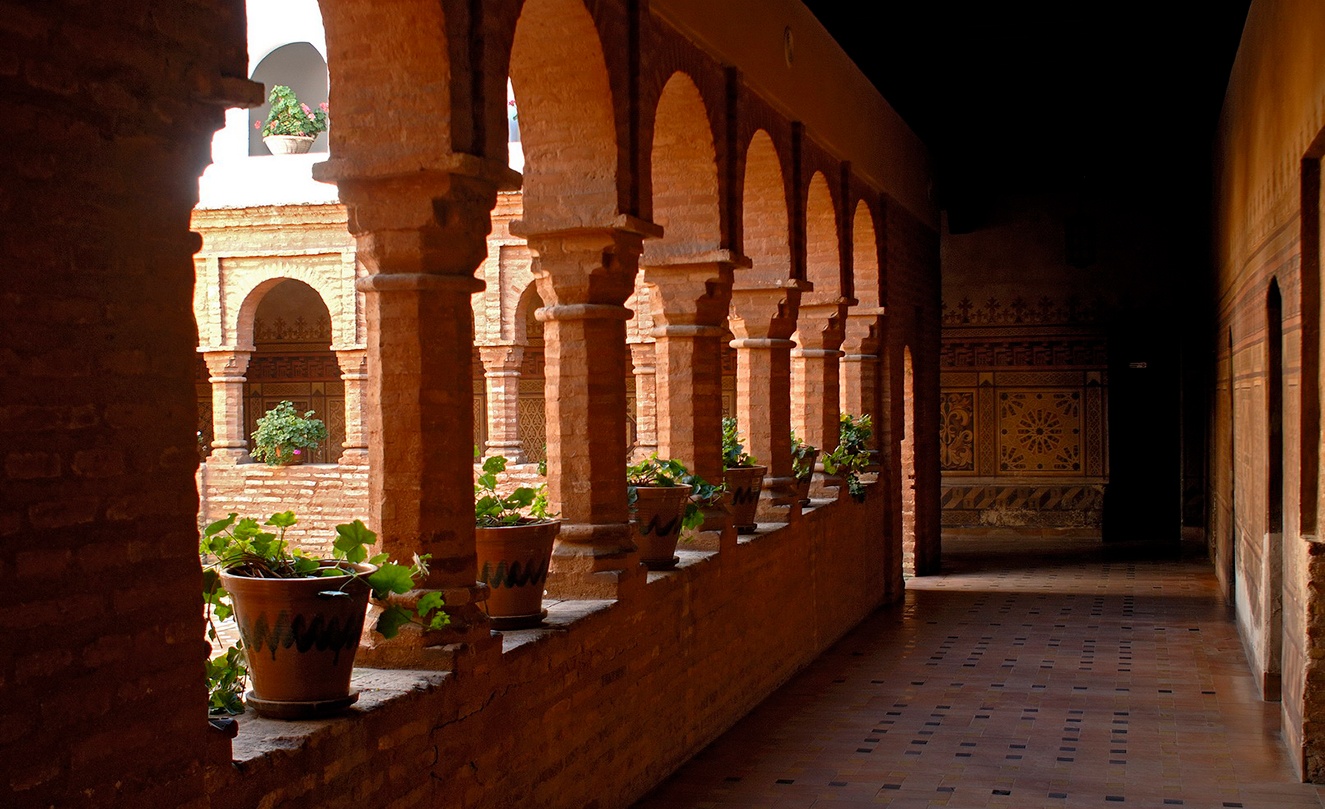
The Santa María de La Rábida Monastery and The Columbian placeswww.turismohuelva.org
This is a Franciscan-Gothic-Mudejar style monastery built between the 14th and 15th centuries. Christopher Columbus stayed here while making his preparations before leaving for the New World. This is the starting point for the Columbian Places route, which includes the municipalities of Palos de la Frontera, with St George’s church (iglesia de San Jorge) as its landmark monument, Fontanilla and Moguer, where you can visit the Santa Clara Monastery.
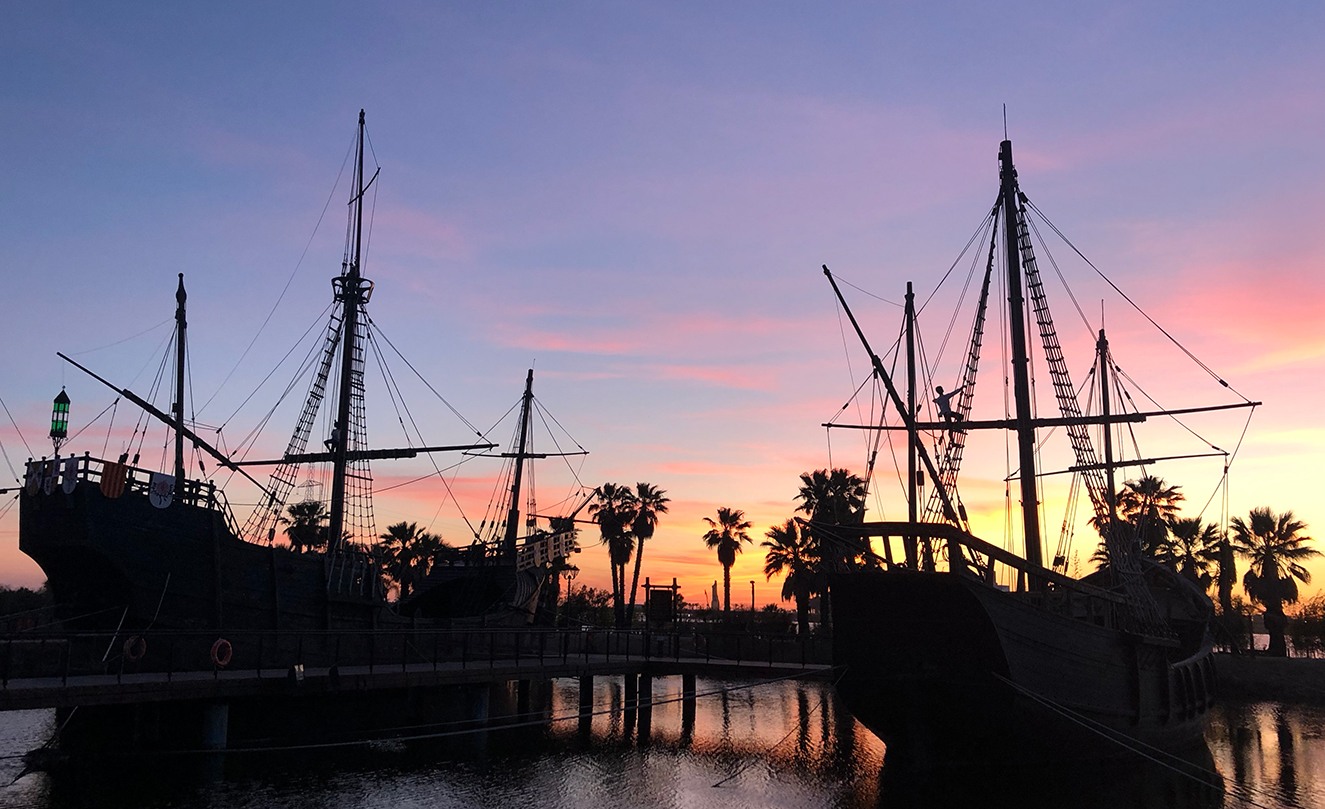
Muelle de las Carabelaswww.diphuelva.es
Located in the enclave of La Rábida, the Muelle de las Carabelas Museum (Caravel Dock Museum) hosts reproductions of La Niña, La Pinta and La Santa María; built in 1992 to celebrate the 5th Centennial of the Discovery of America. As well as the replicas of the boats, its main tourist attraction, the museum has an interpretation centre, the mediaeval quarter and the Isla del Encuentro (Encounter Island), referring to the first island where Christopher Columbus landed on the October 12th, 1492. .
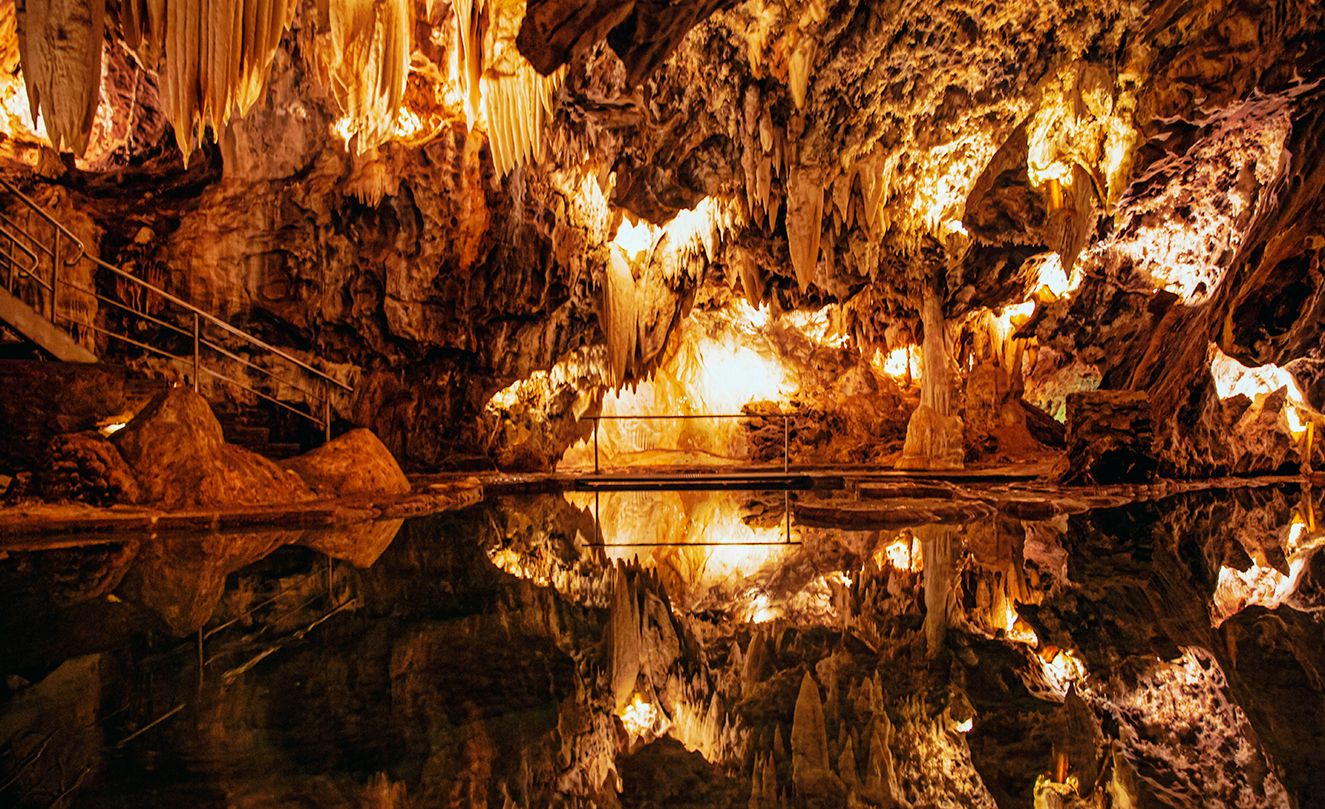
Gruta de las Maravillaswww.aracena.es
The great extension of its lakes, abundance and variety of formations and its length make this underground complex an impressive, spectacularly beautiful location. Discovered at the end of the 19th century, it was in 1914 when it was opened to the public as the first tourist cave in Spain. Containing stalactites, stalagmites, columns, gours, lava formations, pisoliths, offsets, curtains… A whole world that the persistence of water, stone and time have shaped for the human imagination to feel the exact dimension of nature.
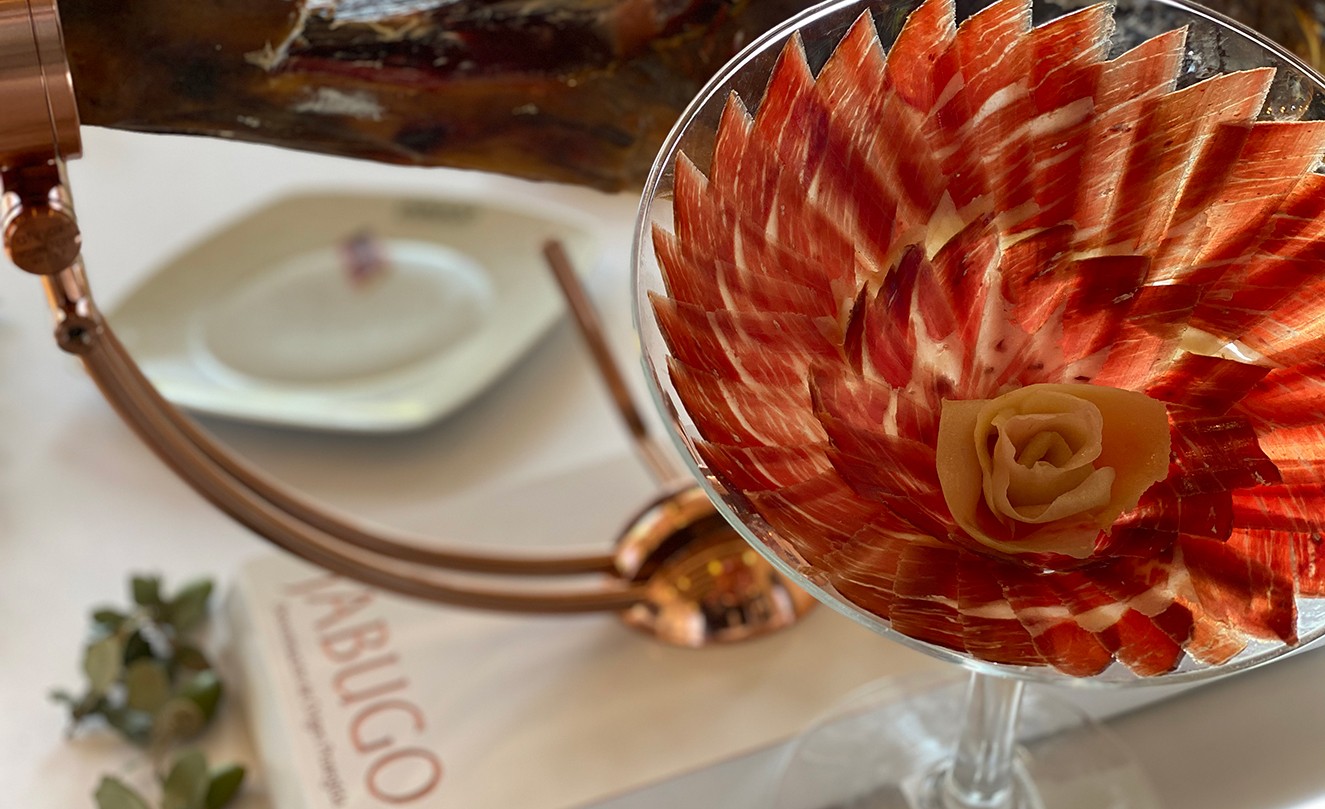
Jabugo routewww.dopjabugo.es
In the heart of the Sierra de Aracena and Picos de Aroche you will find endless aromas and flavors that you can savor while enjoying this paradise. Among the thousand stars of its sky, we find one that shines with its own light: Jabugo, a cured ham with a Protected Designation of Origin (DOP), previously known as Huelva Ham. The famous meat of our Iberian pigs, raised in the mountains, is the star attraction of many of the delicacies you can taste in every corner of our mountain range.
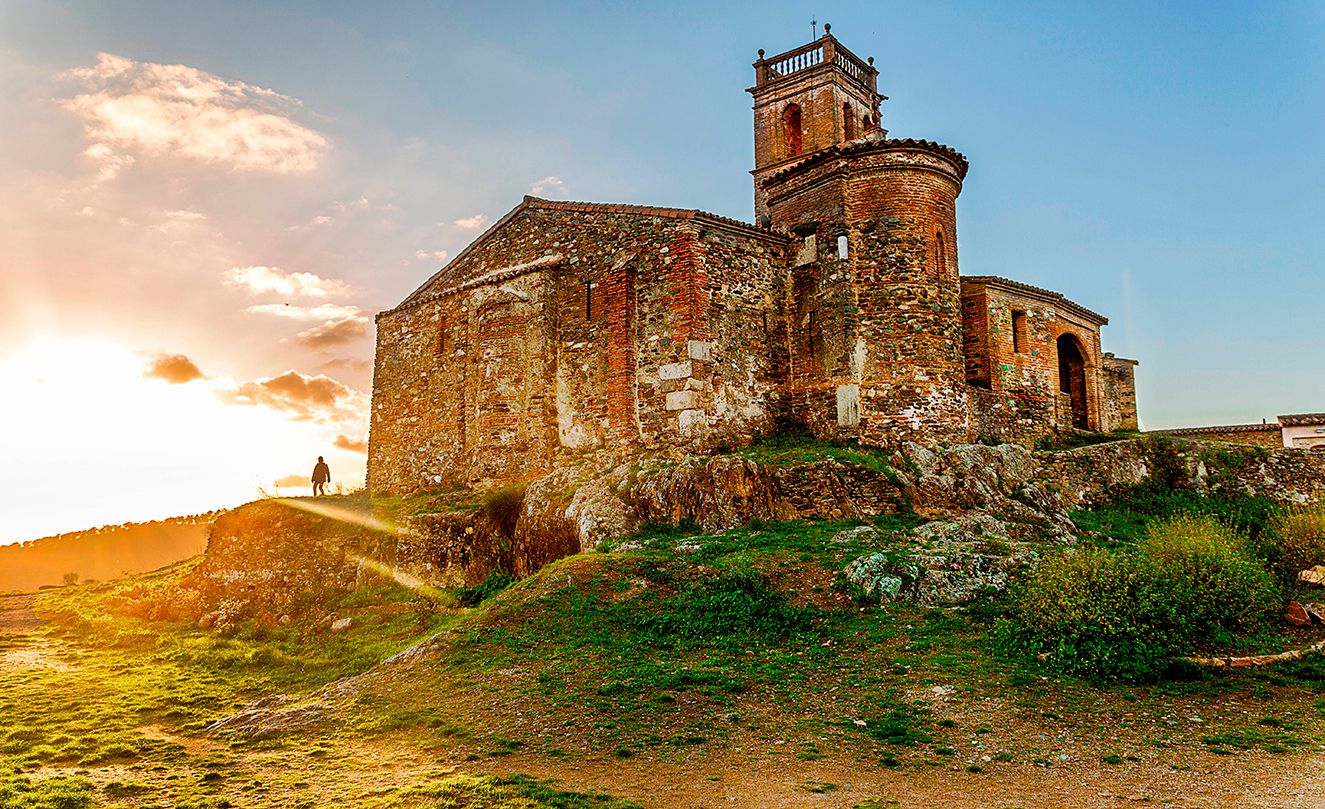
Historical Location of Almonaster la Realwww.almonasterlareal.com
The Mosque was built at the end of the 9th century on the remains of an ancient Visigoth basilica. Also worth seeing are the Parish Church of San Martin (14th century); the unique Portada del Perdón (16th century), an invaluable example of Portuguese Manueline art; the ruins of the San Sebastián Hermitage (18th century). On the outskirts of Almonaster, is the historic location of Santa Eulalia, made up of the Hermitage (15th century), the bull ring (17th century) and the Roman archaeological site (1st century).
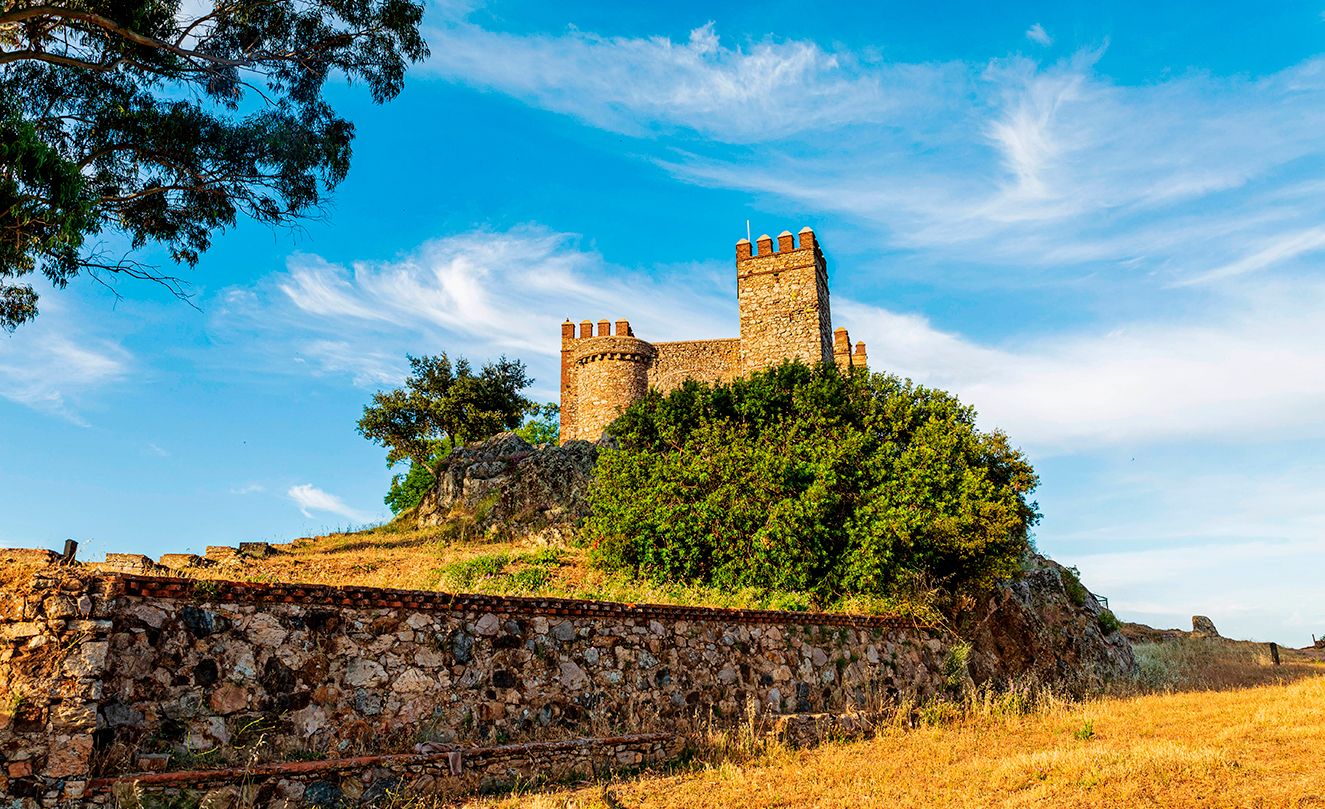
Cortegana Castlewww.cortegana.es
The ‘Galician Band’ is the name by which the line of defensive constructions in the Sierra de Huelva is known; created by the Christian kings in the 12th century as protection against the Muslims. It has left some interesting samples of military architecture, such as the Cortegana Castle and the fortresses at Cumbres Mayores, Aracena, Aroche, Cala, Santa Olalla del Cala and Zufre. After the Reconquest, the Huelva Sierra played an essential role in defending the kingdom’s limits, constantly besieged by the Portuguese kings.


